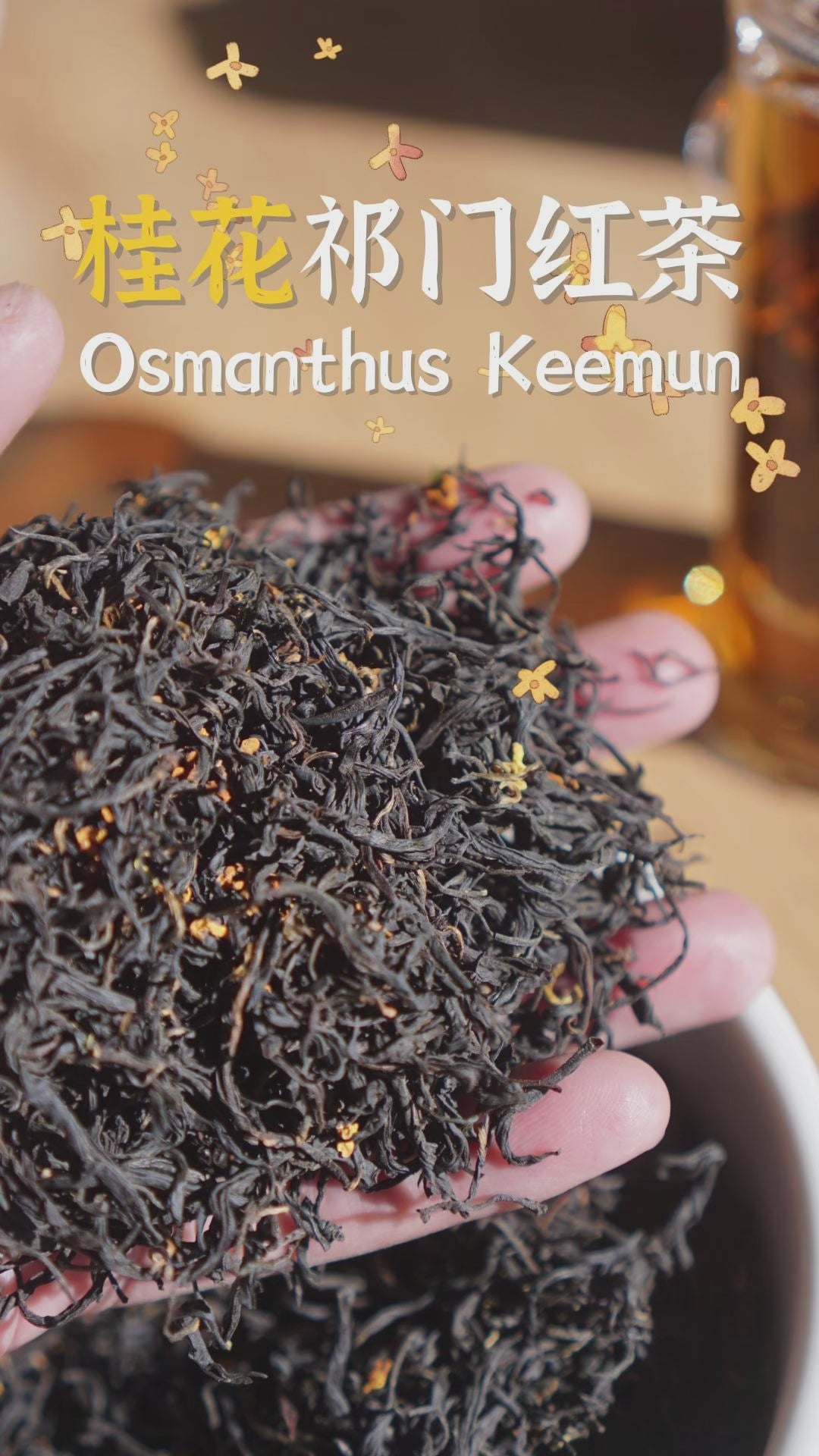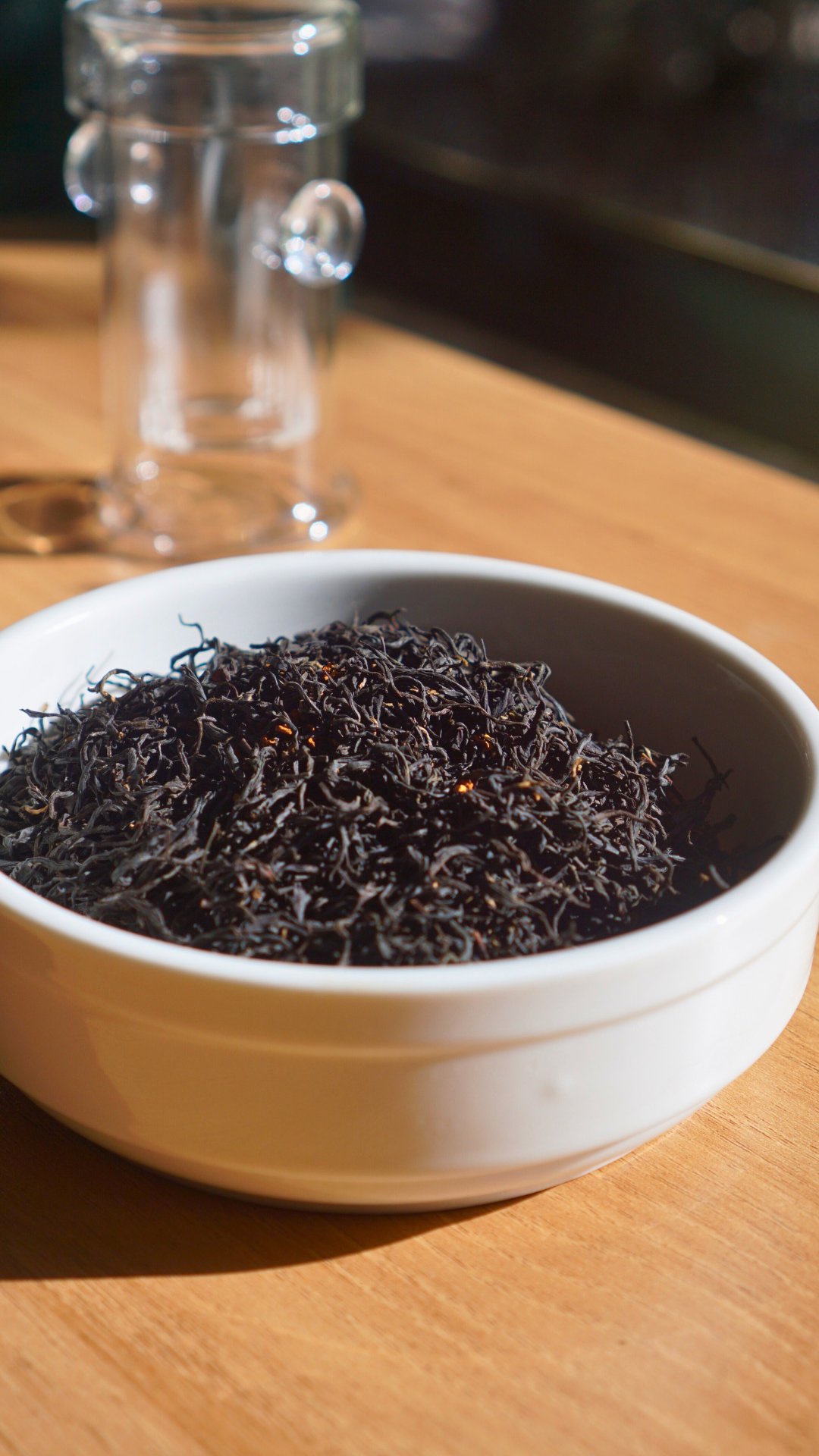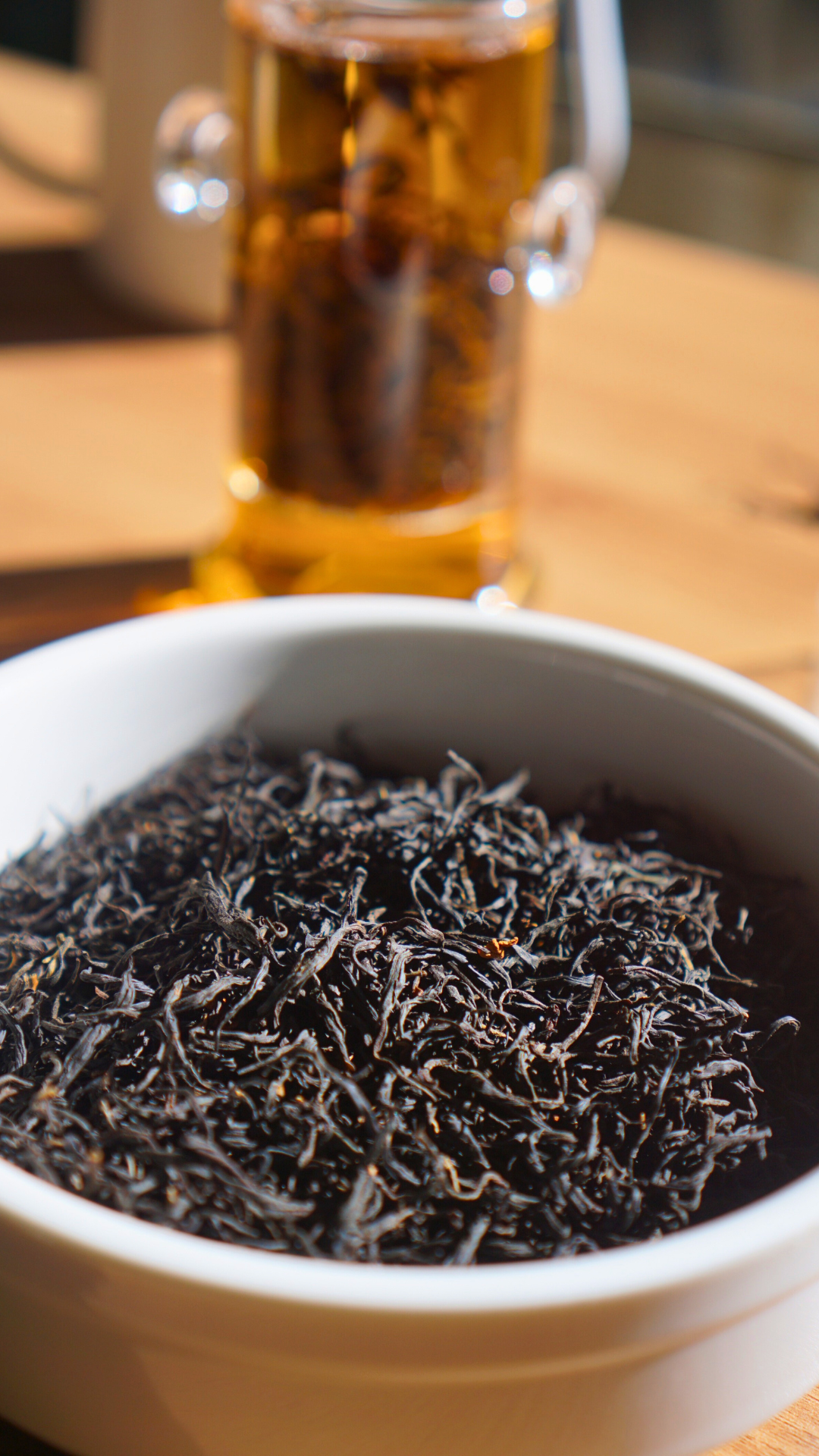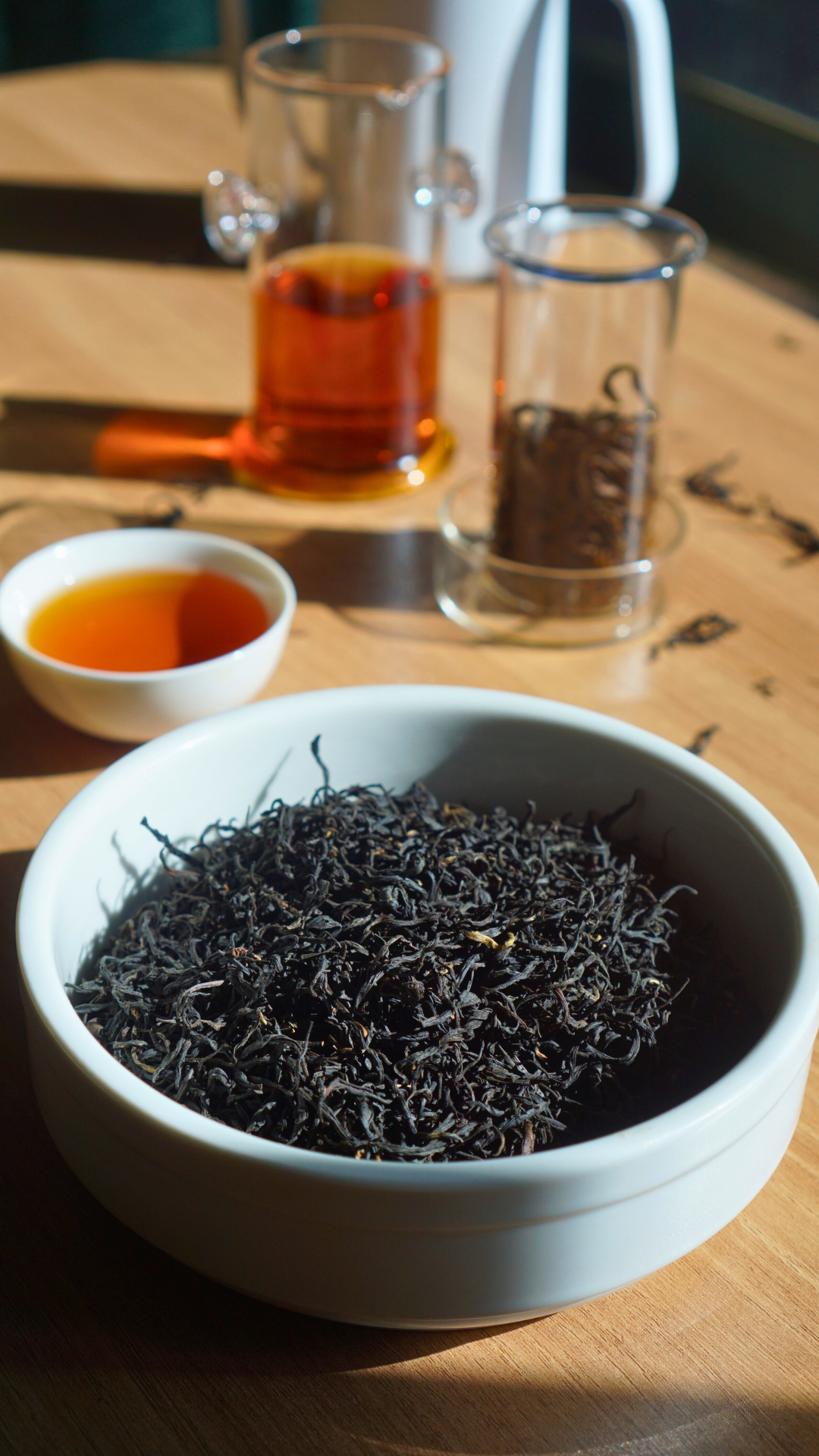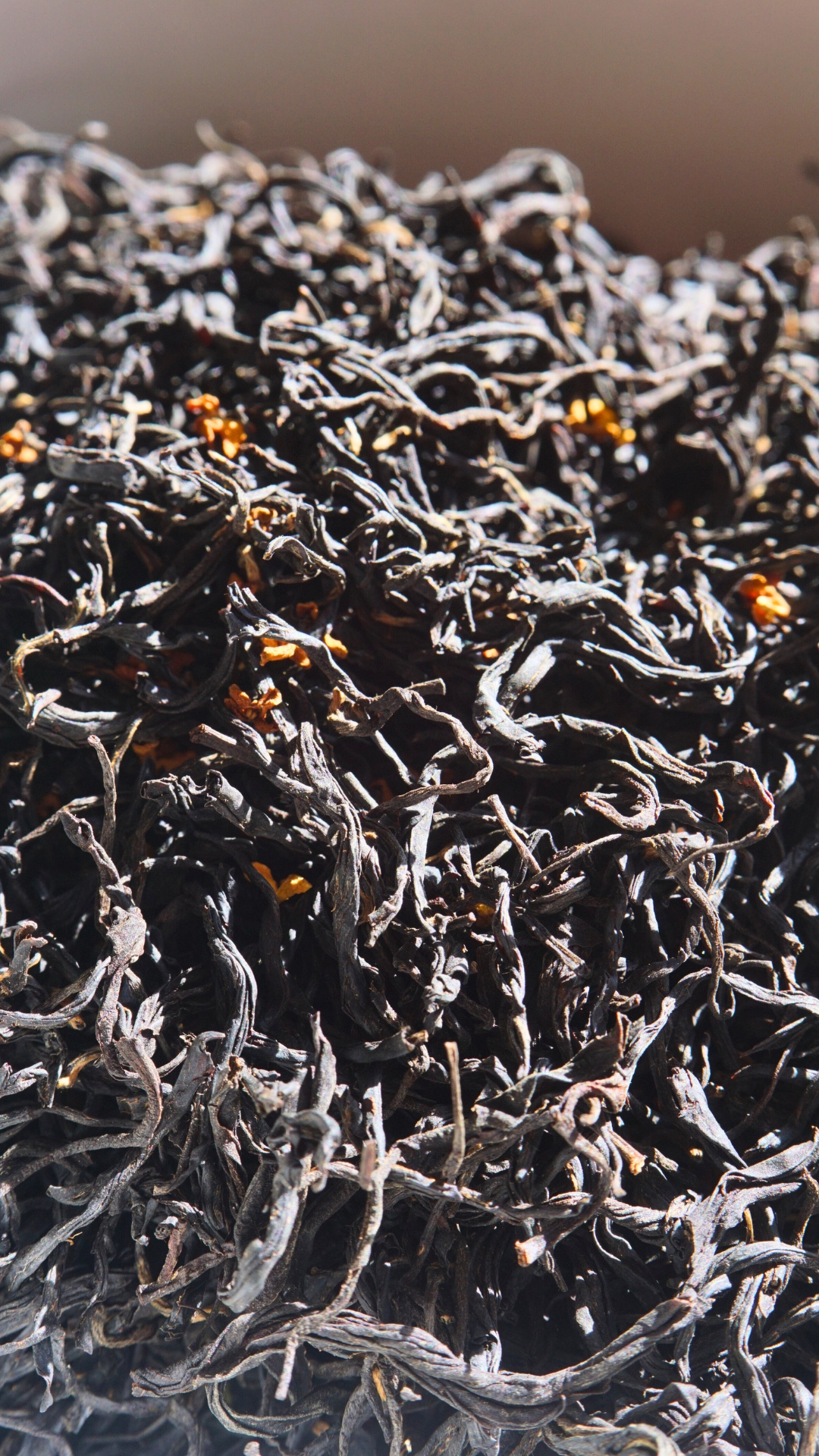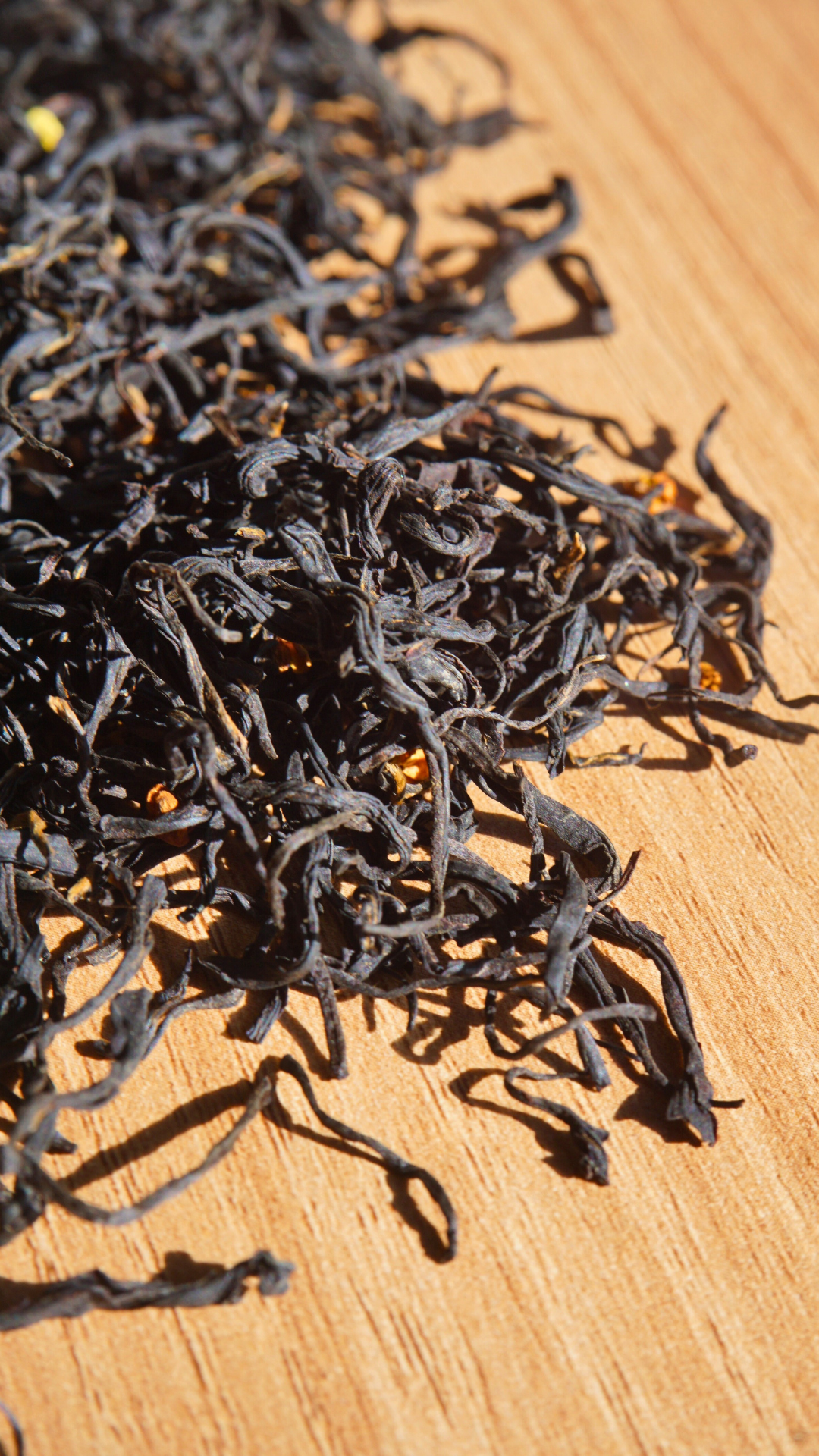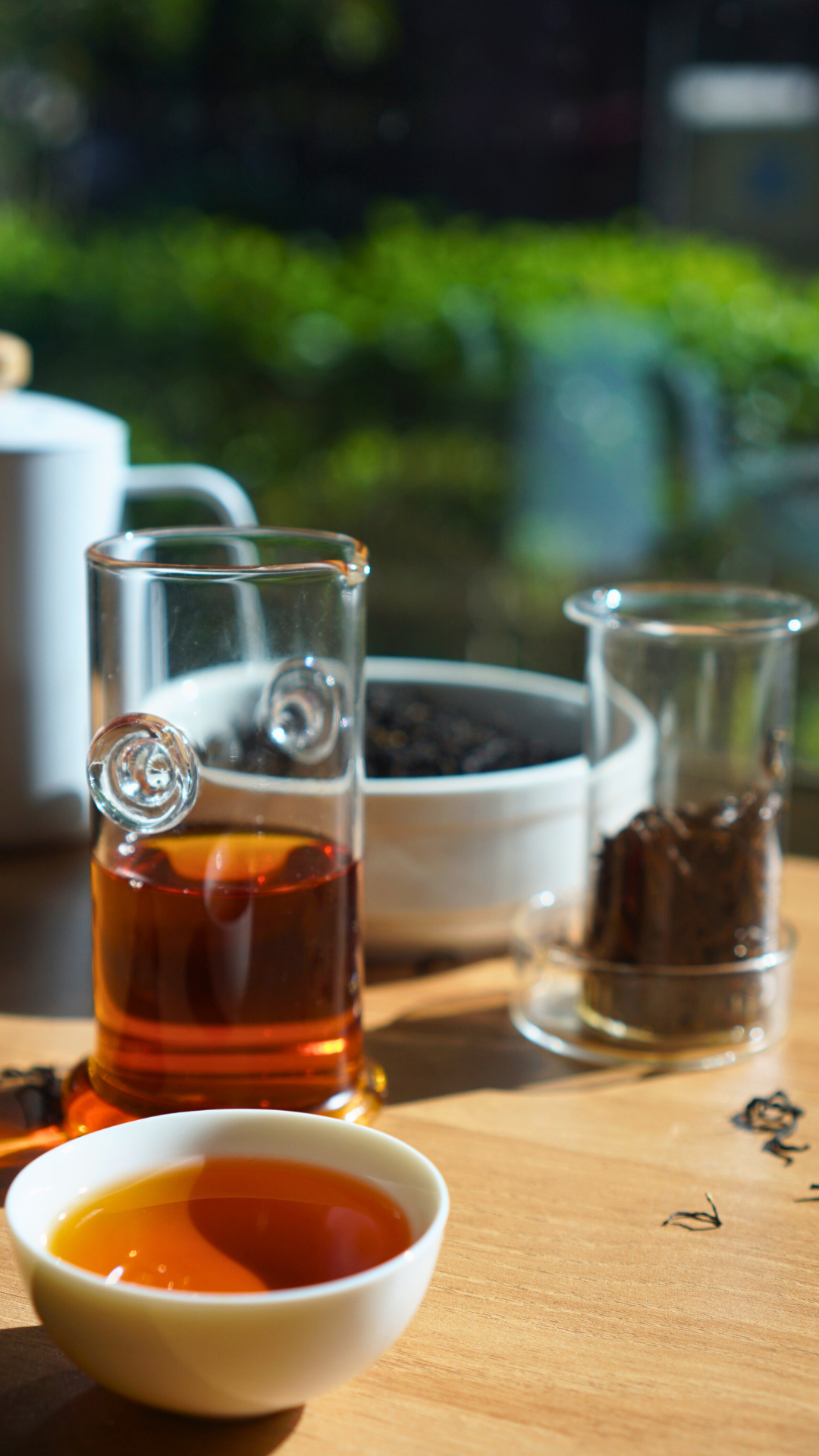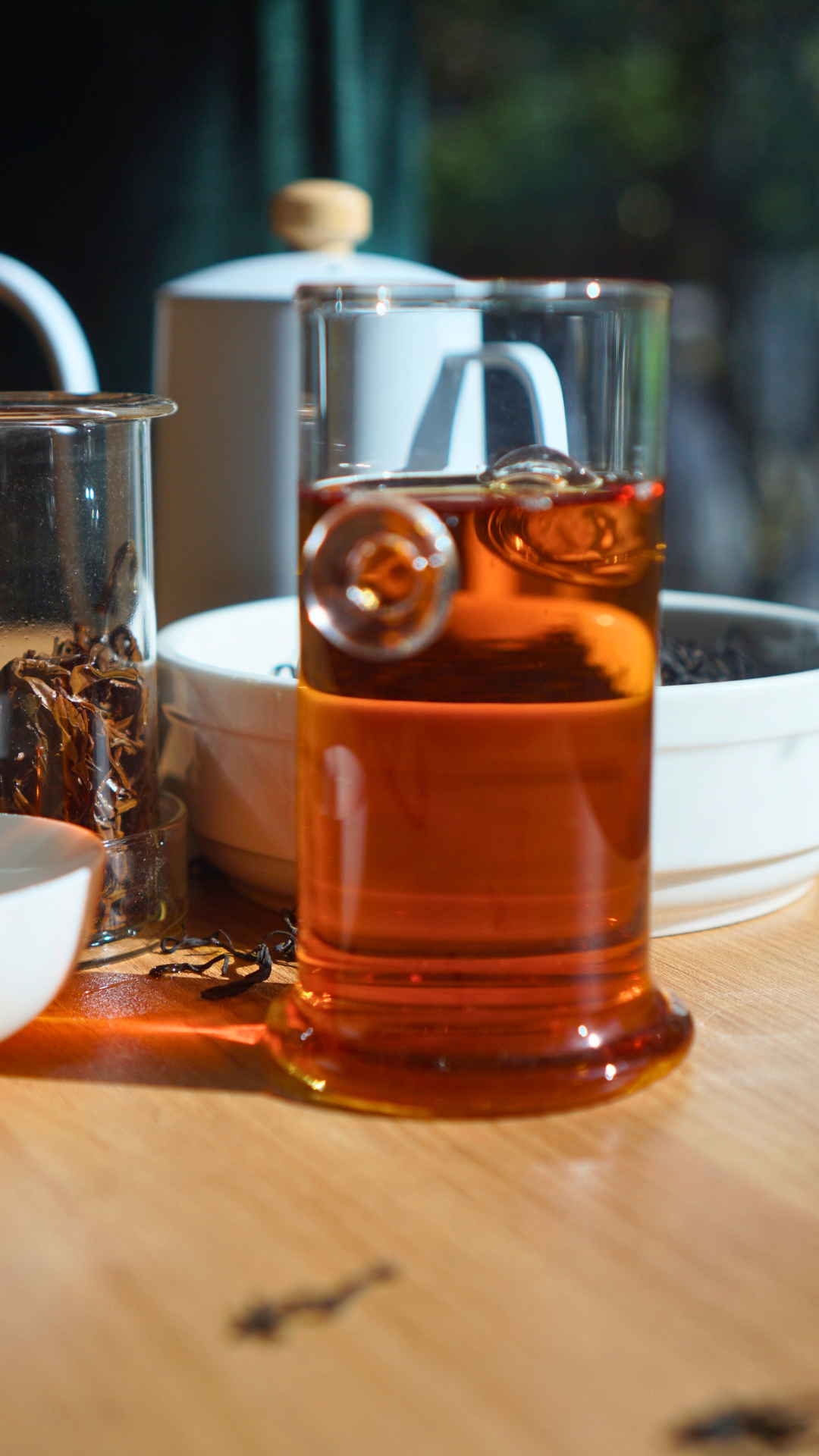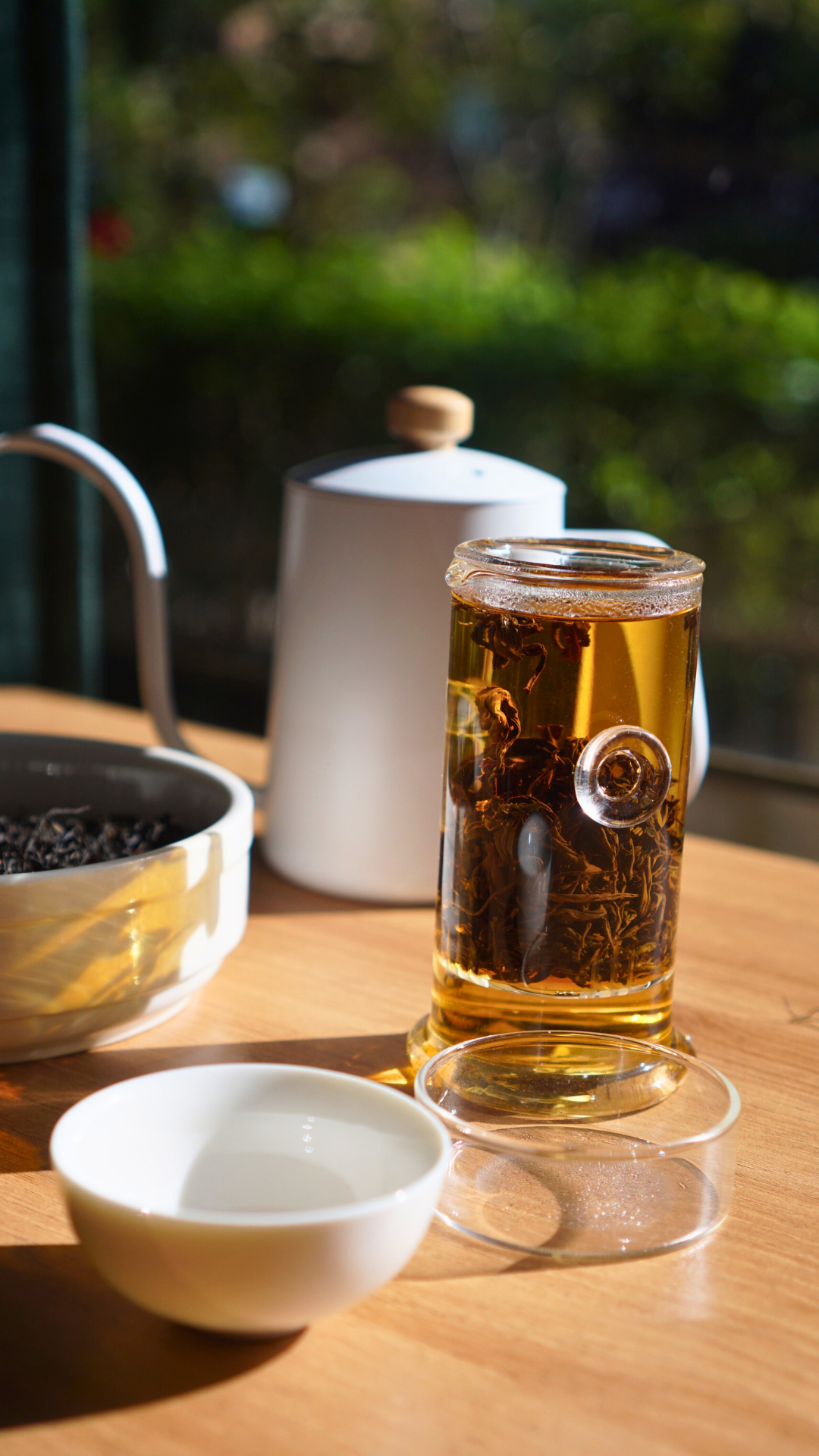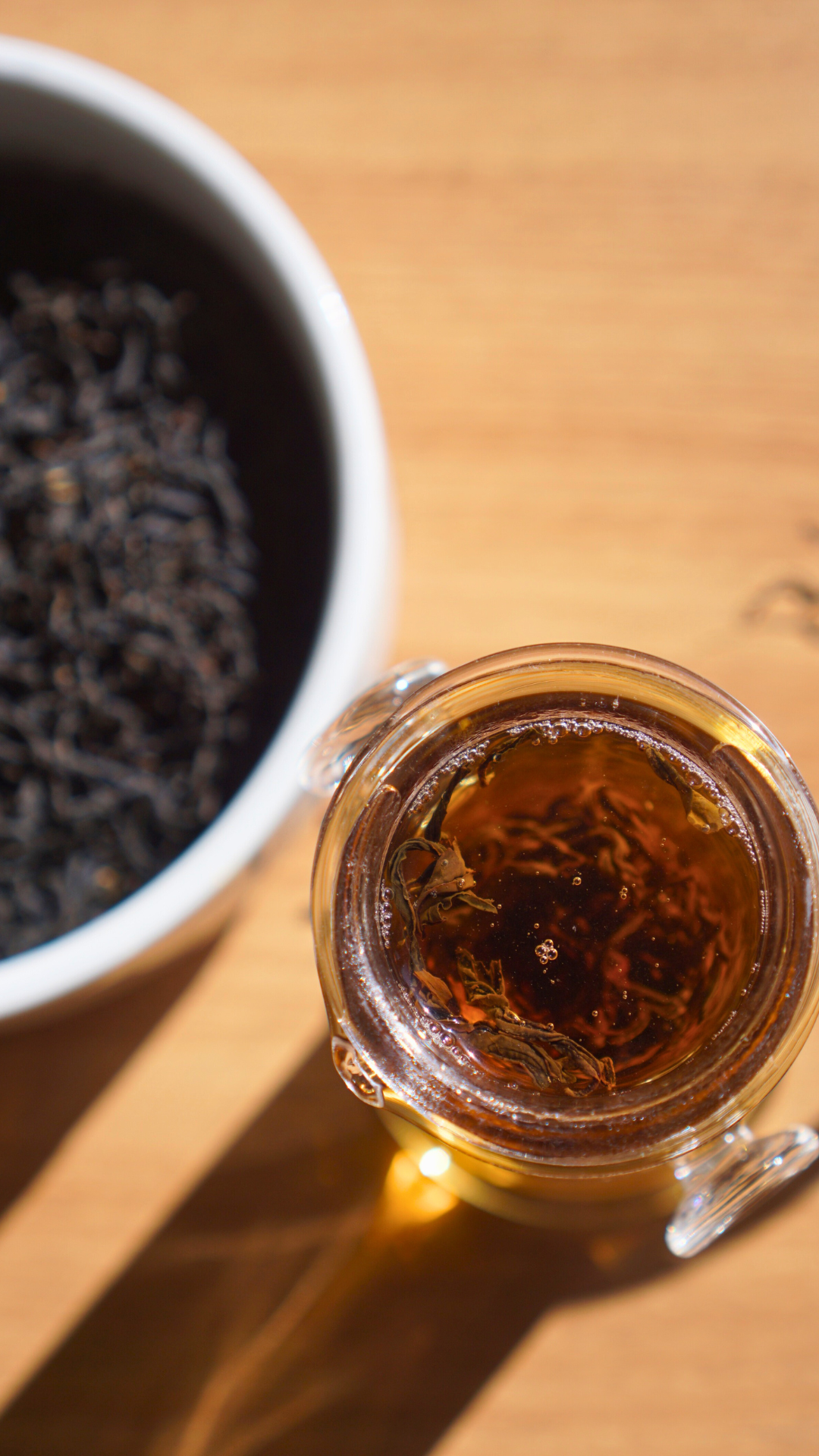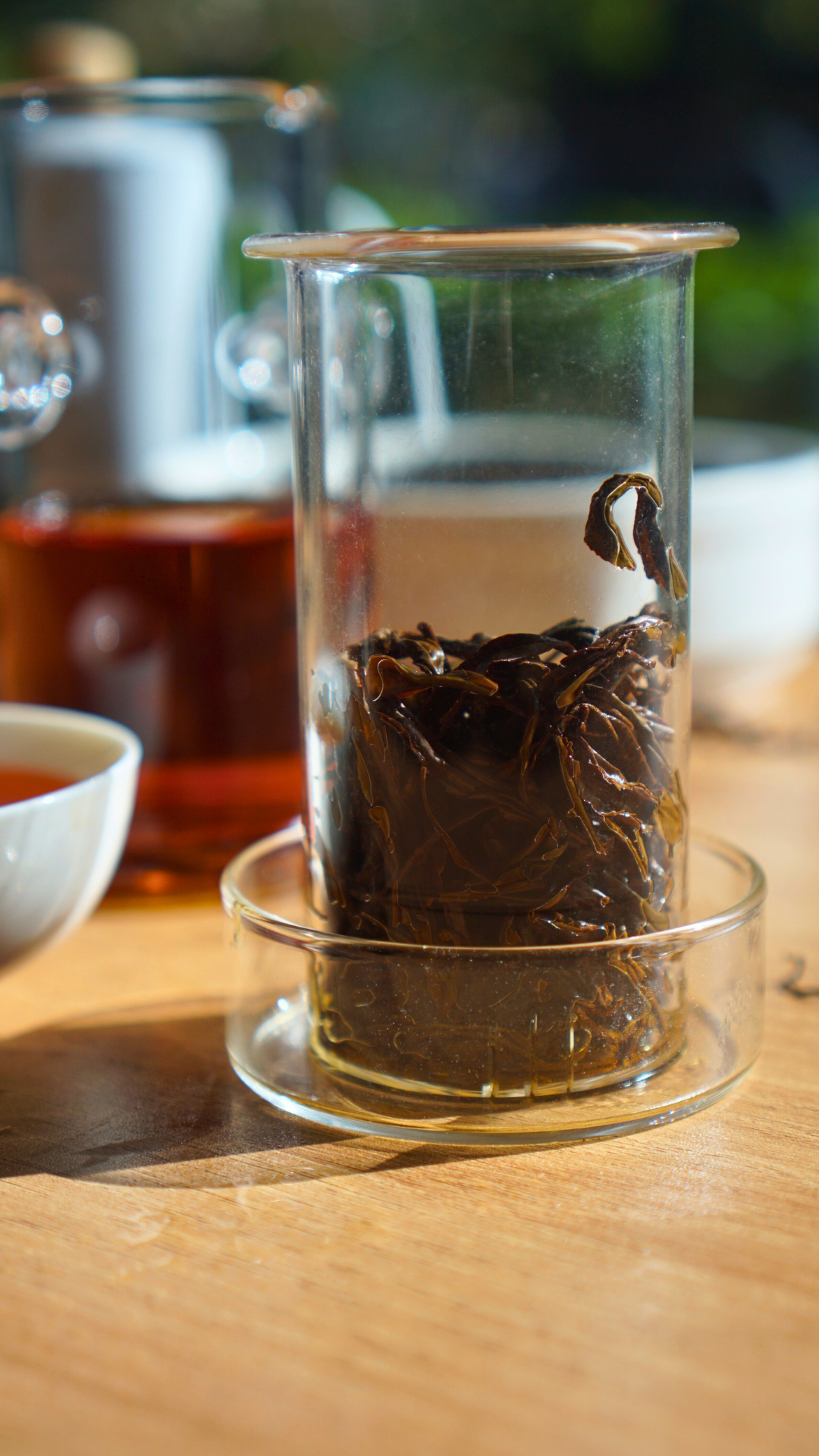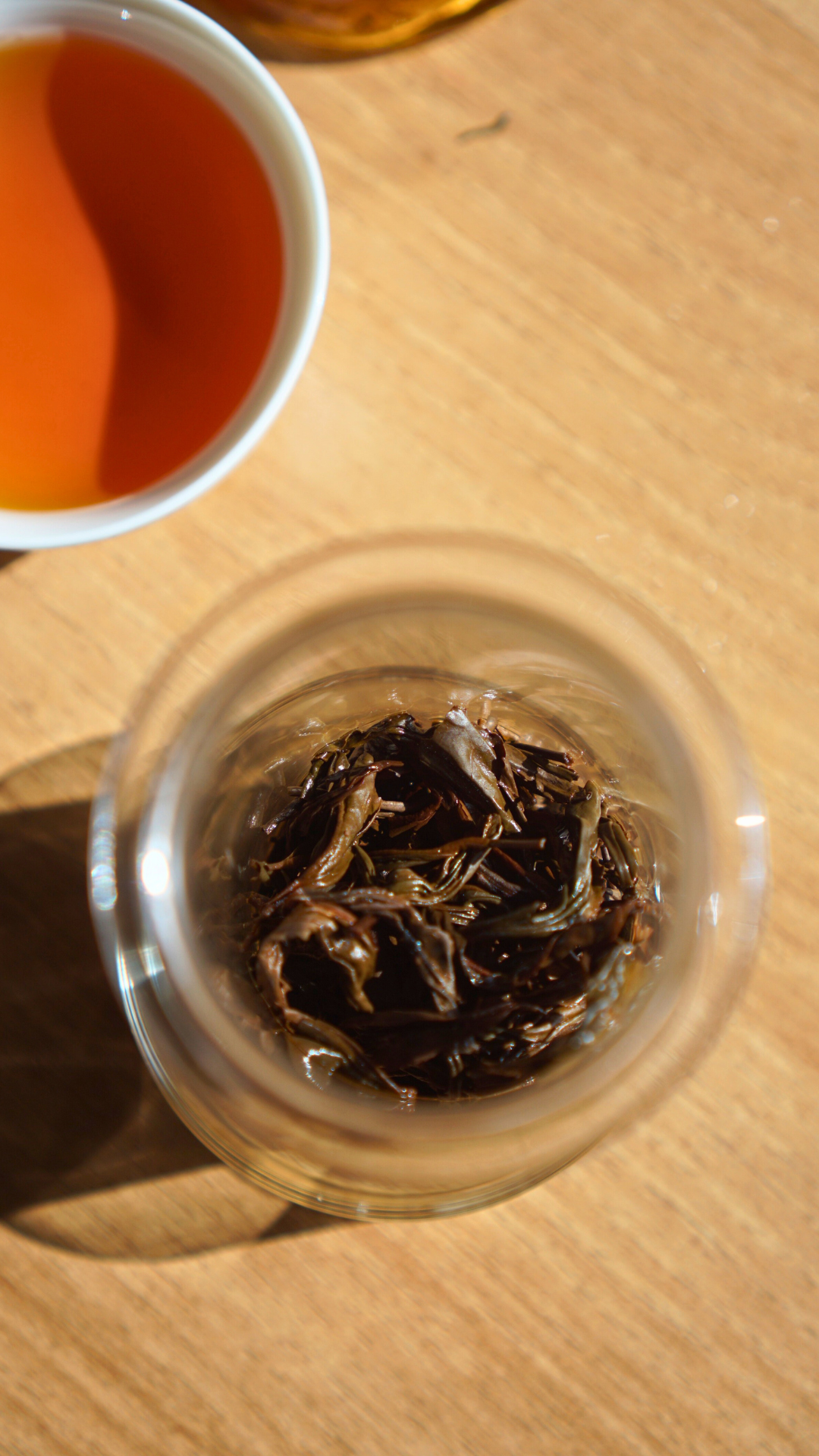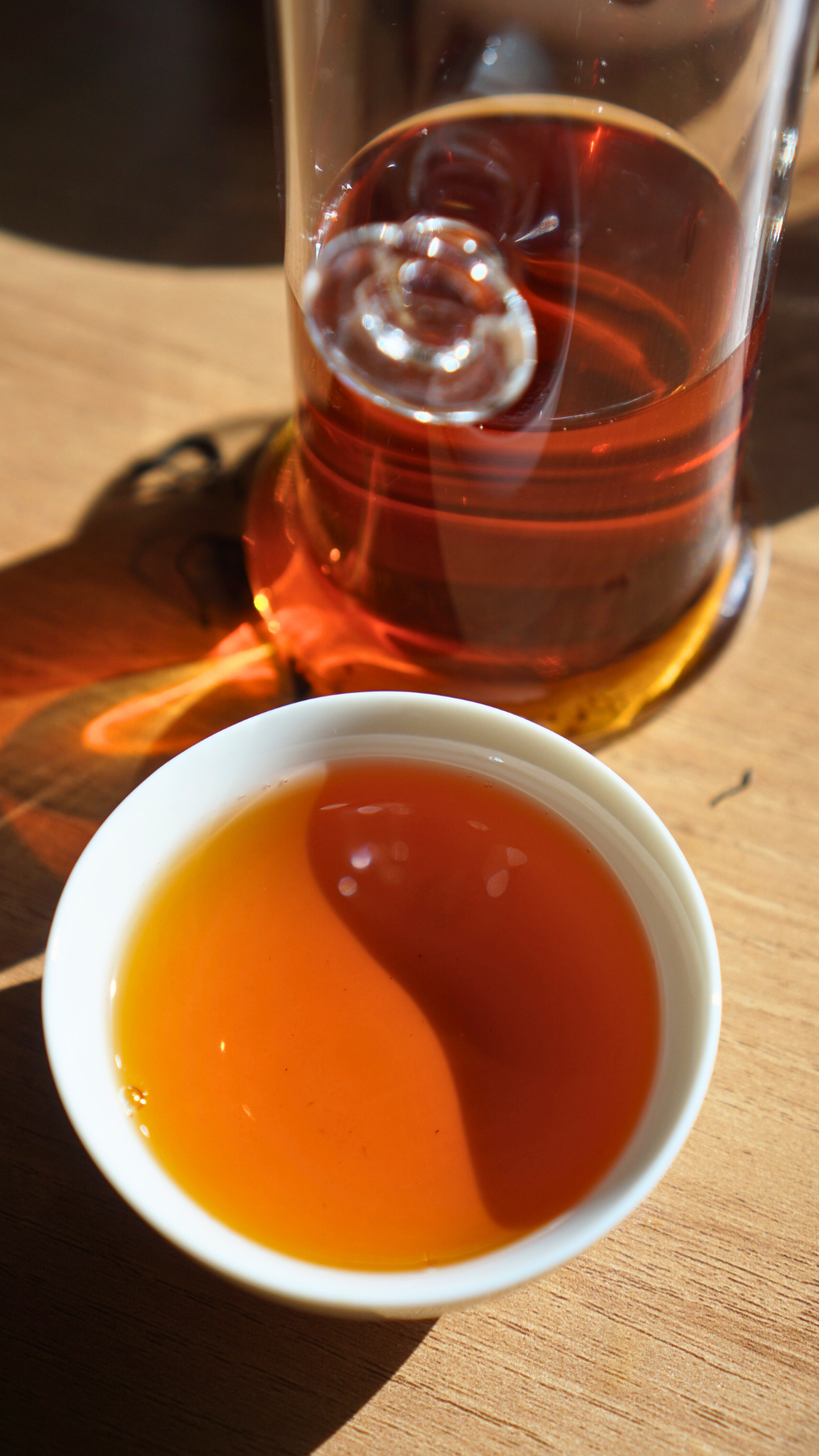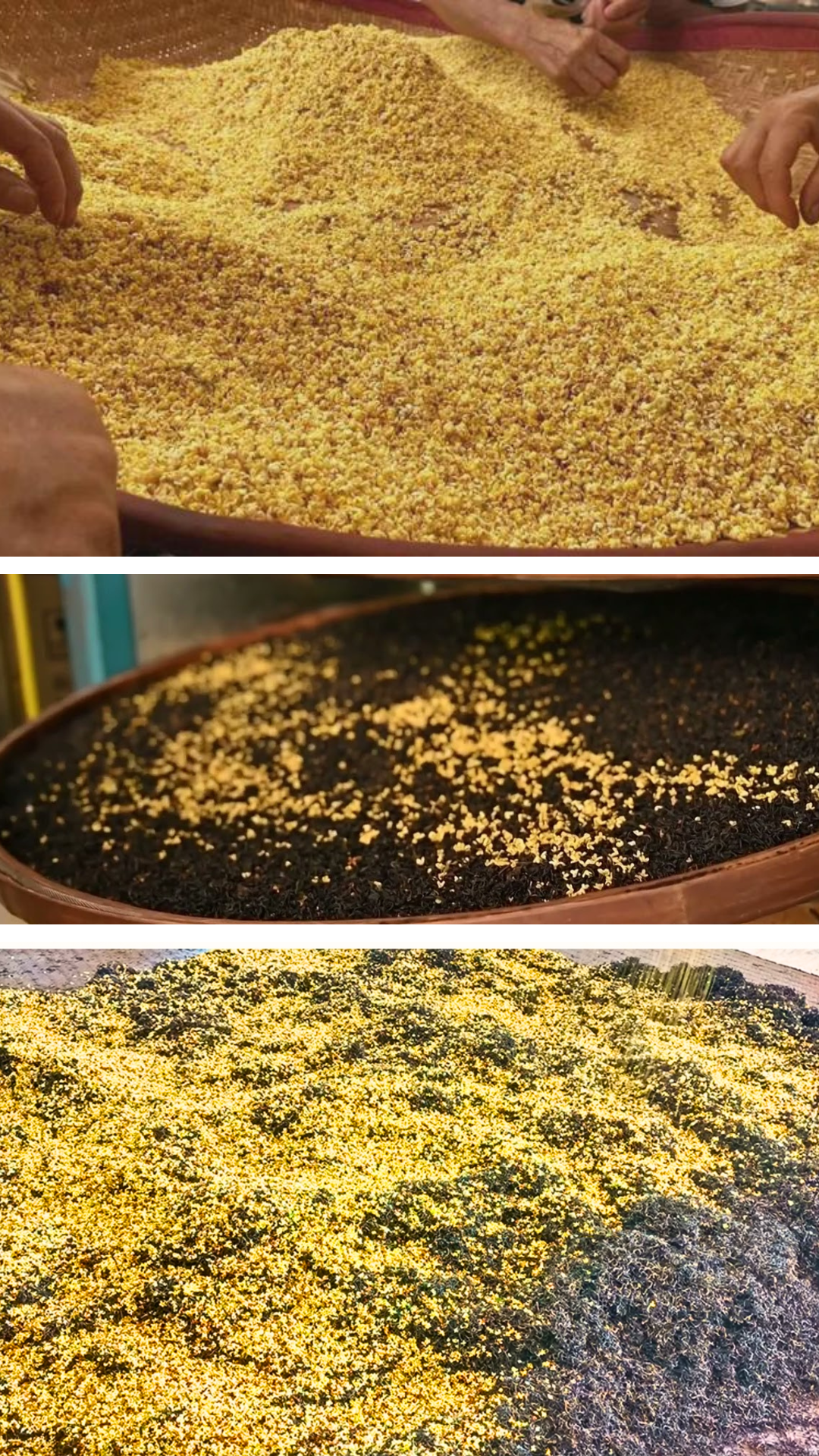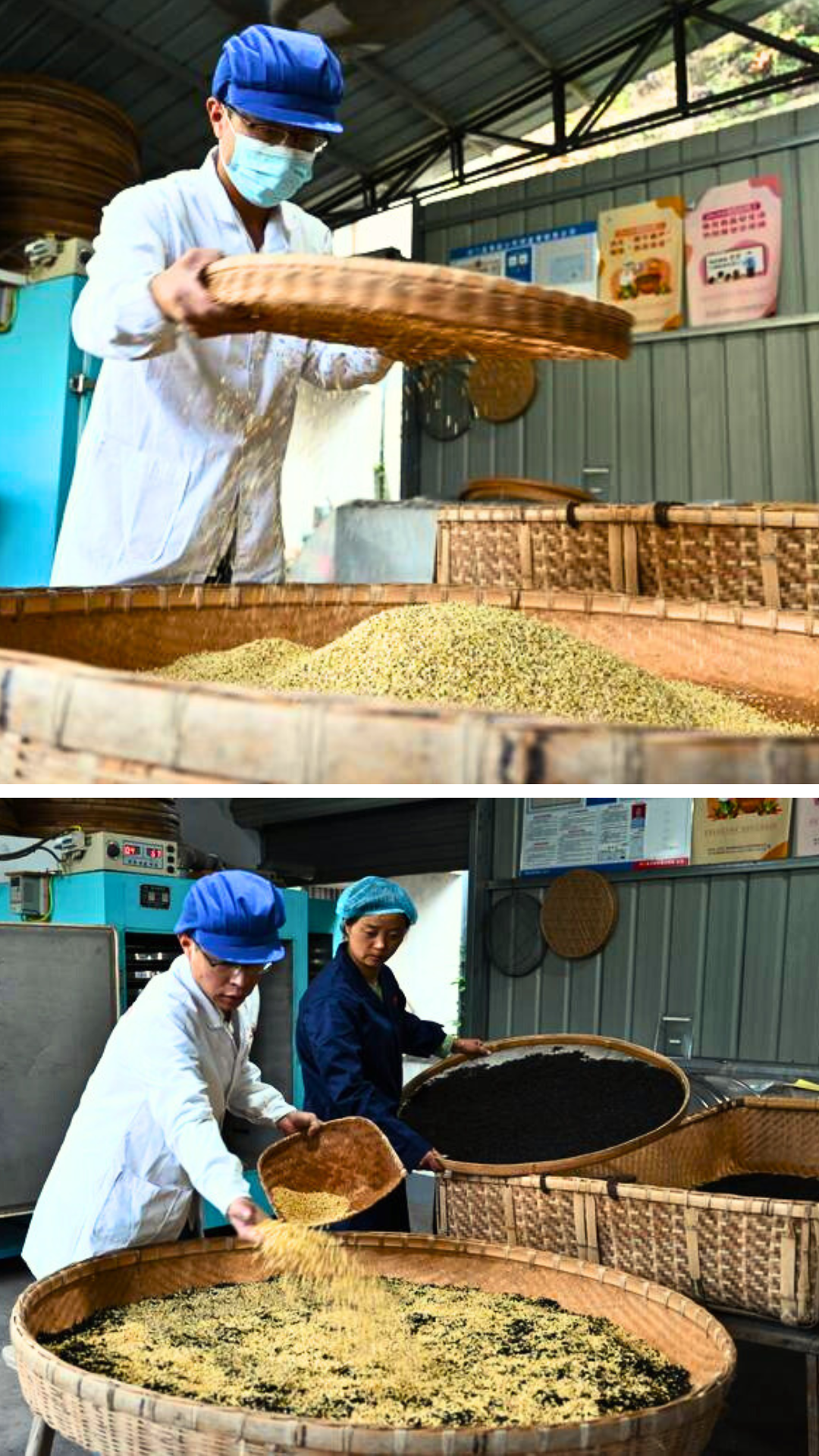Osmanthus Qimen Black Tea
Osmanthus Qimen Black Tea
桂花祁门红茶
This Osmanthus Qimen Black Tea is made with meticulous selection of ingredients, using high-quality Qimen black tea as the base, scented with freshly picked osmanthus flowers from the deep mountain tea forests. It is natural and free from pollution.
The Qimen black tea used as the base is made from the buds and leaves of Zhuyeshu(槠叶种) tea trees, picked around Qingming. The tea plantations are located in Lickou(历口) Mountainous Region of Qimen(祁门) County, with an average altitude of over 600 meters. The fertile red-yellow soil provides ideal conditions for plant growth. The mountain region is shrouded in mist all year round, where tea trees and osmanthus trees grow interspersed, resulting in tea leaves rich in natural floral fragrance.
The freshly picked osmanthus flowers are carefully sifted to remove impurities and stems, leaving only the petals. The black tea is first roasted to increase its dryness, and once cooled to about 40 degrees Celsius, osmanthus flowers are added for scenting.
Generally, the ratio of Qimen black tea to osmanthus flowers is 6:1. A lower ratio results in an understated floral fragrance, while too much osmanthus overwhelms the tea flavor.
High-quality Osmanthus Qimen Black Tea should present tea fragrance first and floral fragrance second, maintaining a balance of primary and secondary aromas.
The scenting process involves alternating layers of tea leaves and flowers—one layer of tea, one layer of flowers—stacked to seven layers, about 12 centimeters thick.
Tea leaves are highly absorbent, easily capturing both scents and moisture. The scenting method ensures the preservation of both the floral and tea aromas as well as their nutritional components.
This Osmanthus Qimen Black Tea undergoes seven rounds of scenting, ensuring the full integration of tea and osmanthus fragrances. After the final scenting, the tea leaves are dried, completing the production of the Osmanthus Qimen Black Tea.
The rich tea aroma of Qimen black tea and the unique floral fragrance of osmanthus blend perfectly, creating the distinctive charm of Osmanthus Qimen Black Tea, leaving a lingering fragrance on the palate.
The tea infusion is bright orange-yellow with a golden rim. When tasted, it has a soft, sweet flavor. The osmanthus fragrance is strong but not overpowering, and the combined taste is warm and well-rounded.
Picking and Processing
Picking and Processing
Tea gardens typically harvest in April, with high requirements for leaf tenderness. Spring tea is harvested in 6-7 batches, primarily picking one bud with one to two leaves.

Key processing points for Gong Fu black tea:

Withering: After picking, fresh leaves are placed in withering troughs or withering machines, or can be spread on the floor for natural withering. The purpose of withering is to evaporate appropriate amounts of moisture, making leaves soft and more resilient, promoting internal chemical changes, and eliminating the grassy smell. Generally, withered fresh leaves should reach about 65% water content. Under normal temperature and humidity, natural withering takes 7-8 hours. Withering time is shorter with higher temperatures and lower humidity, and longer in opposite conditions. Proper withering is indicated by shrunken, soft leaves that clump when squeezed but separate when released, darkened color, loss of shine, reduced grass smell, and emerging fragrance. Withering is a crucial processing stage for developing black tea's aroma.

Rolling: The rolling process for strip-style black tea is similar to green tea, but with higher standards - the strip formation rate must exceed 90%, cell destruction rate over 80%, and tea juice should ooze but not drip. Therefore, higher performance is required from rolling machines.

Fermentation: Fermentation is a unique stage in black tea processing, allowing polyphenols to fully oxidize, creating black tea's characteristic color, aroma, and taste. Black tea is called fermented tea because its red liquor and leaves result from fermentation. Currently, Kung Fu black tea processing still follows traditional methods, with a relatively long processing cycle - over 4 hours from rolling to drying. Fermentation actually begins during rolling, with separate fermentation on the floor lasting only about 2 hours. The ideal fermentation temperature is 24-25°C, with humidity above 80%. Air circulation is necessary for complete oxidation. Proper fermentation is achieved when the grassy smell disappears, aroma develops, and leaves turn red.

Drying: Drying is the final step in black tea processing, aimed at stopping fermentation, evaporating moisture, and achieving crude tea product requirements. Black tea drying typically uses drying machines with a two-stage process.
The first stage is called rough drying, the second final drying. Rough drying should achieve 20%-25% moisture content, final drying 4%-6%. Between stages, tea leaves are cooled and allowed to reabsorb some moisture before the second drying. Drying temperatures follow the principle "high for rough drying, low for final drying" - high being 110-120°C, low being 85-95°C.
Brewing
Brewing
White porcelain teaware is best suited for brewing Gong Fu black tea, such as white porcelain gaiwan, white porcelain teapot, white porcelain cups, etc.
First rinse all utensils with hot water, then add about 3-5 grams of black tea, and pour 90°C~95°C hot water into the gaiwan to 2/3 full, then quickly pour it out - commonly known as "tea rinsing."
When pouring with the teapot, the steeping times from the first to tenth infusion should be approximately: 15 seconds, 25 seconds, 35 seconds, 45 seconds, 1 minute, 1 minute 10 seconds, 1 minute 20 seconds, 1 minute 30 seconds, 2 minutes, 2 minutes 30 seconds. The steeping time can be adjusted according to personal preference.
After brewing, it is recommended to pour the tea into white porcelain cups for appreciation. If a golden ring remains on the cup wall for a long time without dissipating, such black tea is considered premium and precious.
Black Tea Storage
Black Tea Storage
The quality of black tea is determined during the fermentation
process, and if stored properly, its quality remains relatively stable. Black tea has a long shelf life that can last for several years.
The key principles for storing black tea are: avoid light exposure, keep sealed, maintain room temperature, and prevent moisture.
1. Storage Container Selection
Although tea often comes with canisters or bags when purchased, it's best to use professional containers for long-term storage. The ideal containers for tea are made of porcelain, stainless steel, or tinplate. Before placing black tea inside, wrap it in plastic bags and remove air from the bags to better preserve the tea's aroma.
2. Storage Environment Conditions
The storage environment directly affects the quality of tea preservation. The optimal storage environment for tea should be dry, room temperature, and away from light. Additionally, avoid humid conditions, as black tea can easily absorb moisture and deteriorate. Direct sunlight will destroy vitamin C in tea leaves and alter their color and taste; high temperatures will accelerate the breakdown of effective components, reducing nutritional value.
3. Storage Duration
Although black tea can be stored for long periods, even under optimal storage conditions where it can maintain its flavor for 3-5 years, it is still recommended to consume it within 1 year.
- Gong Fu Black Tea
- 500g/pouch
- Free Shipping
Couldn't load pickup availability
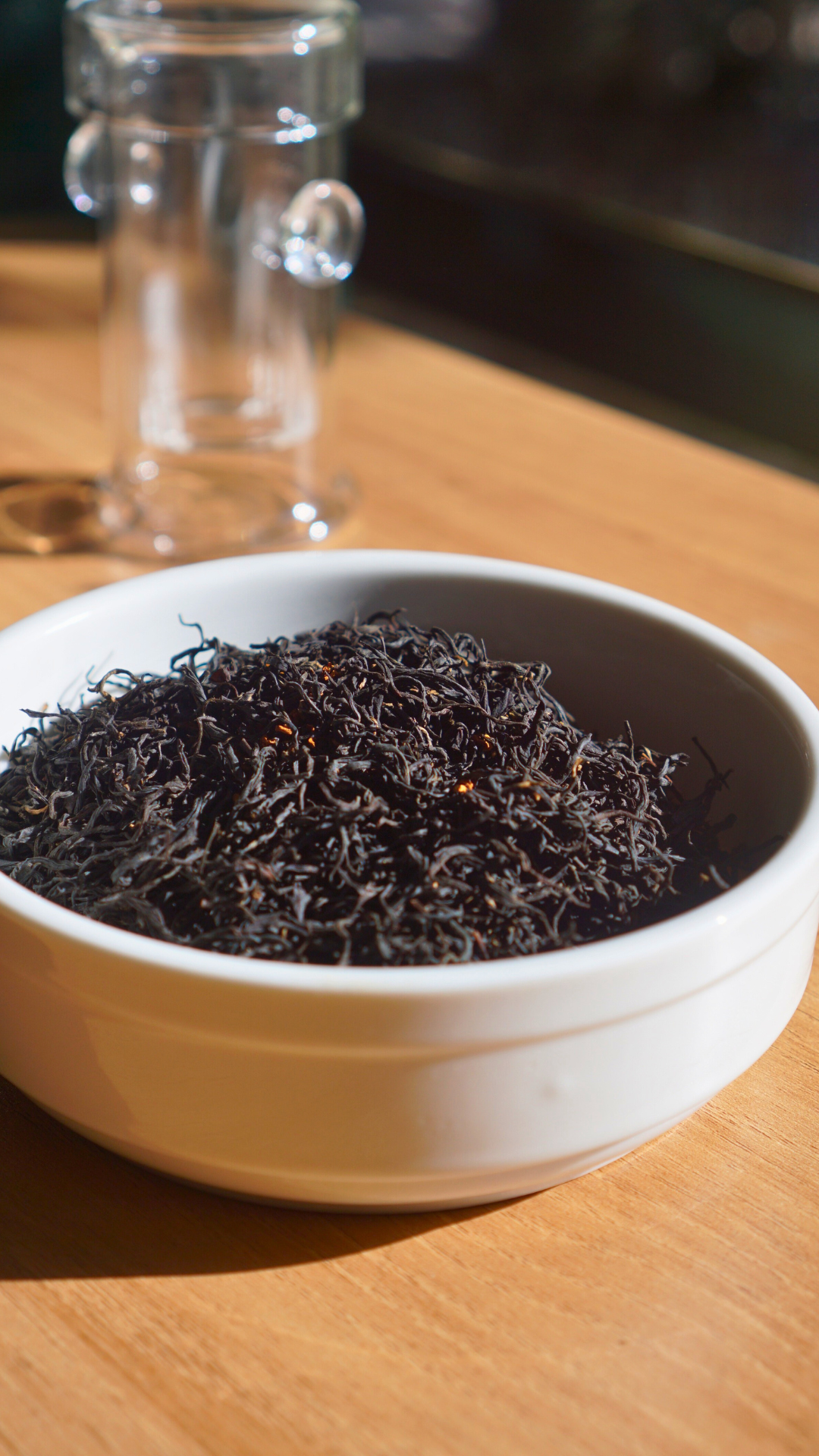
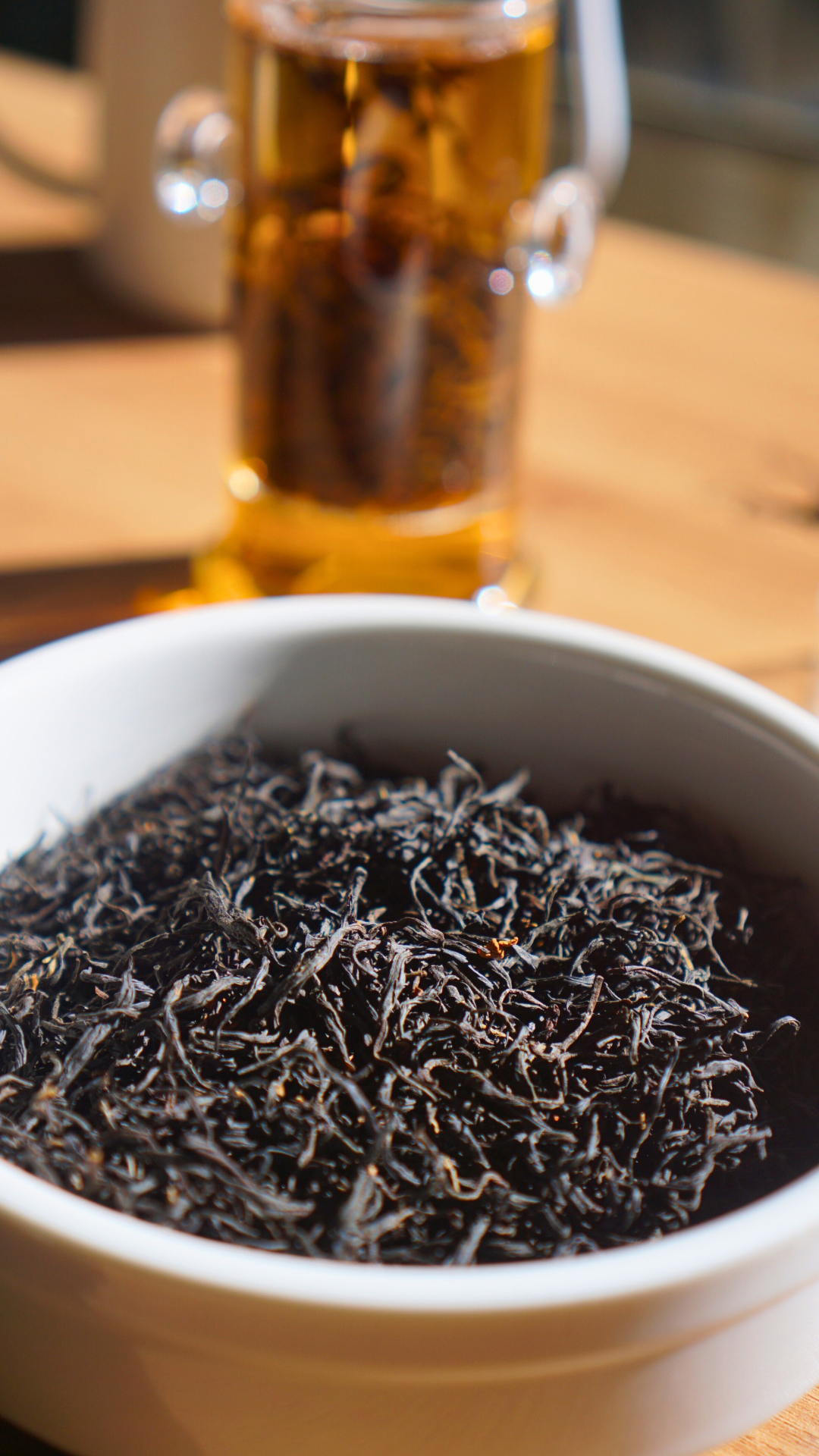
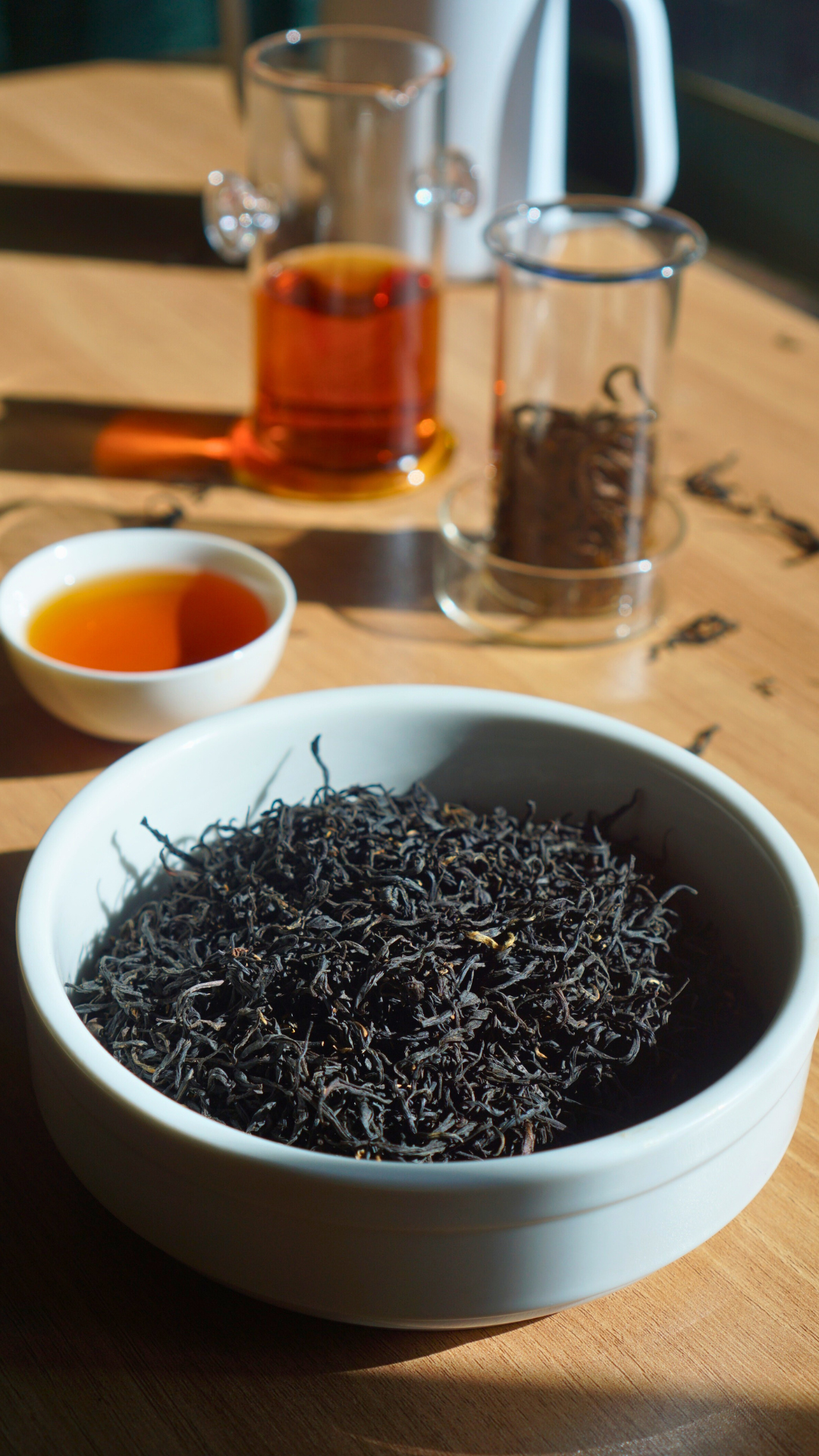
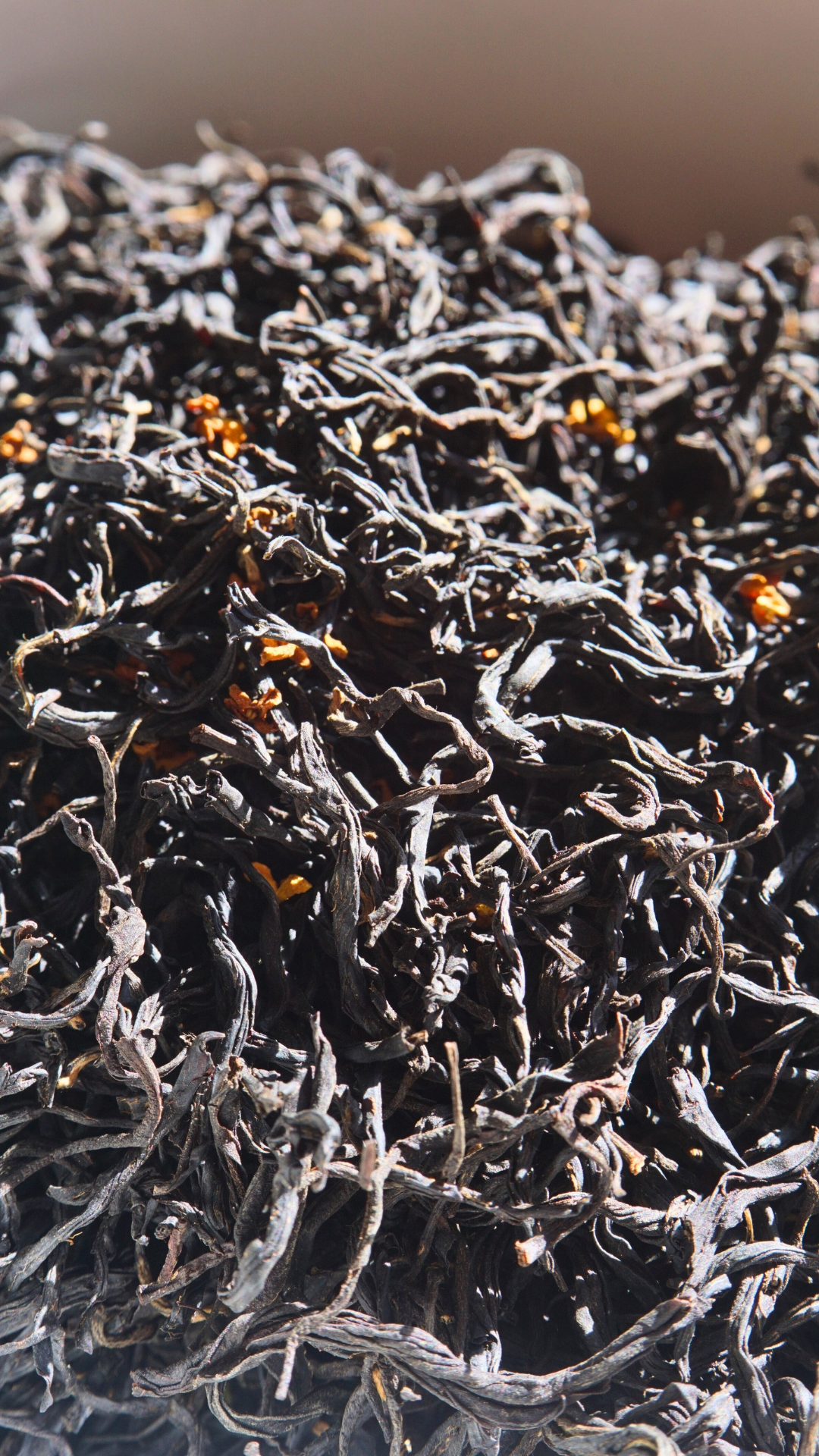
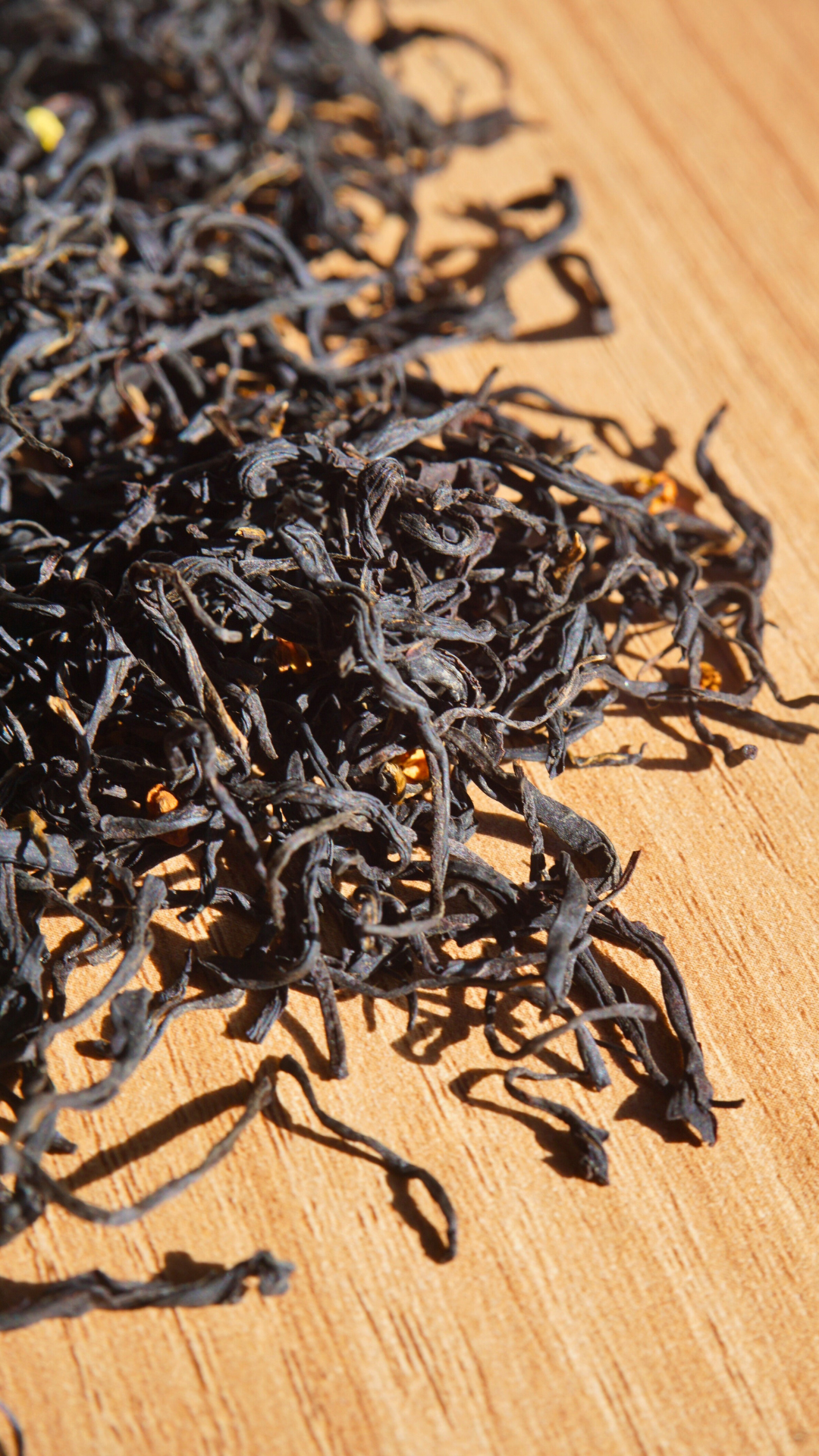
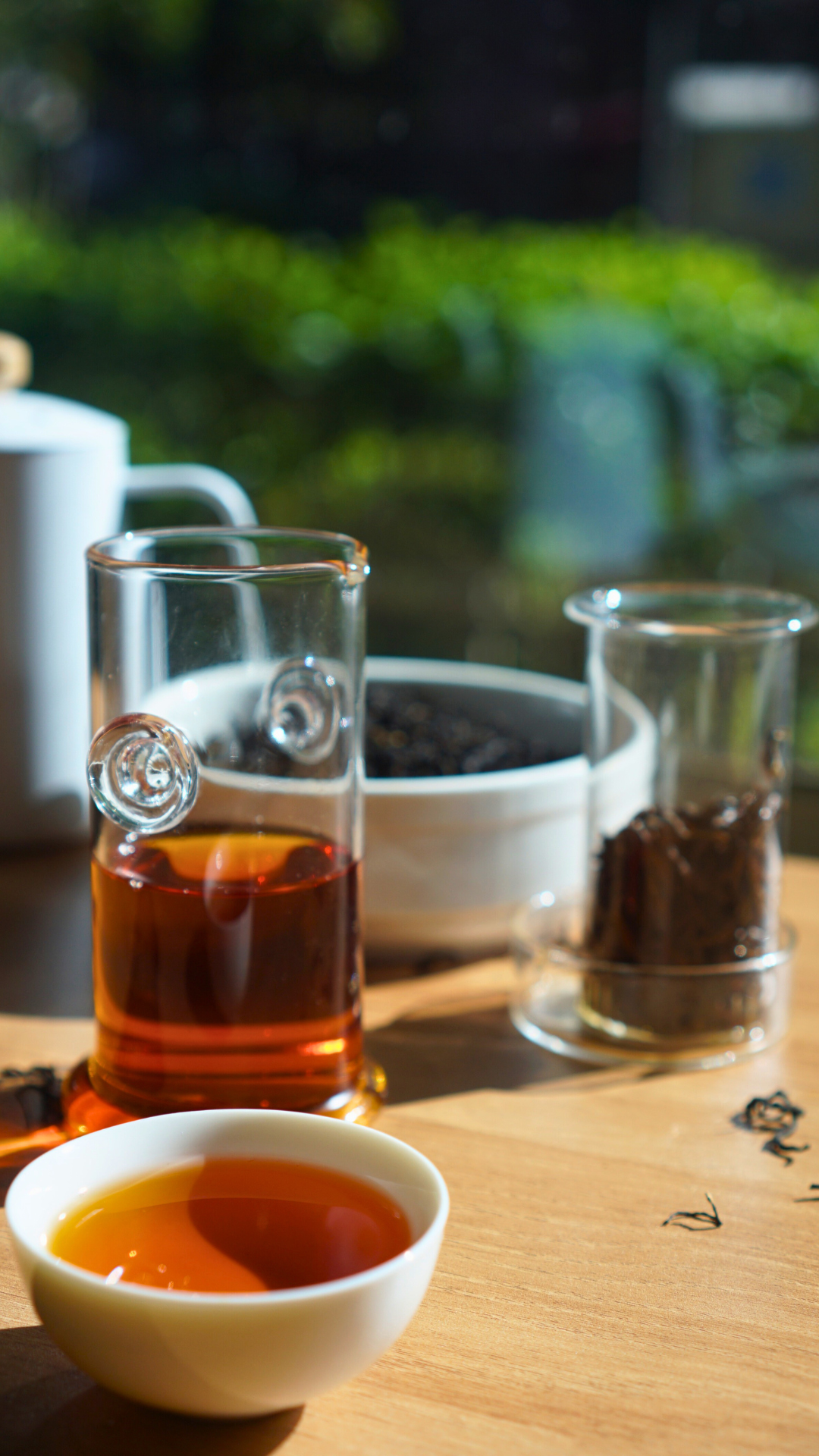
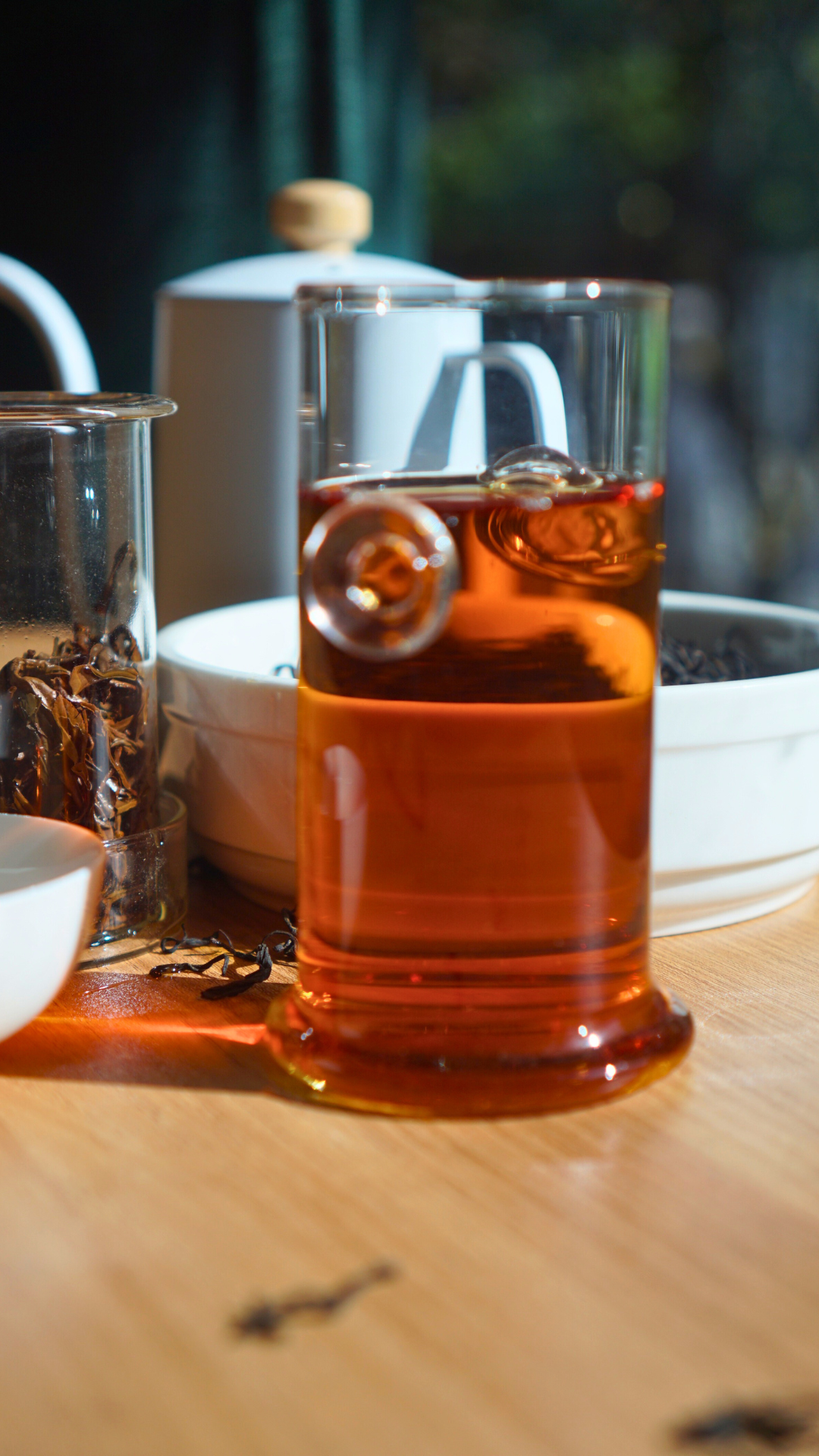
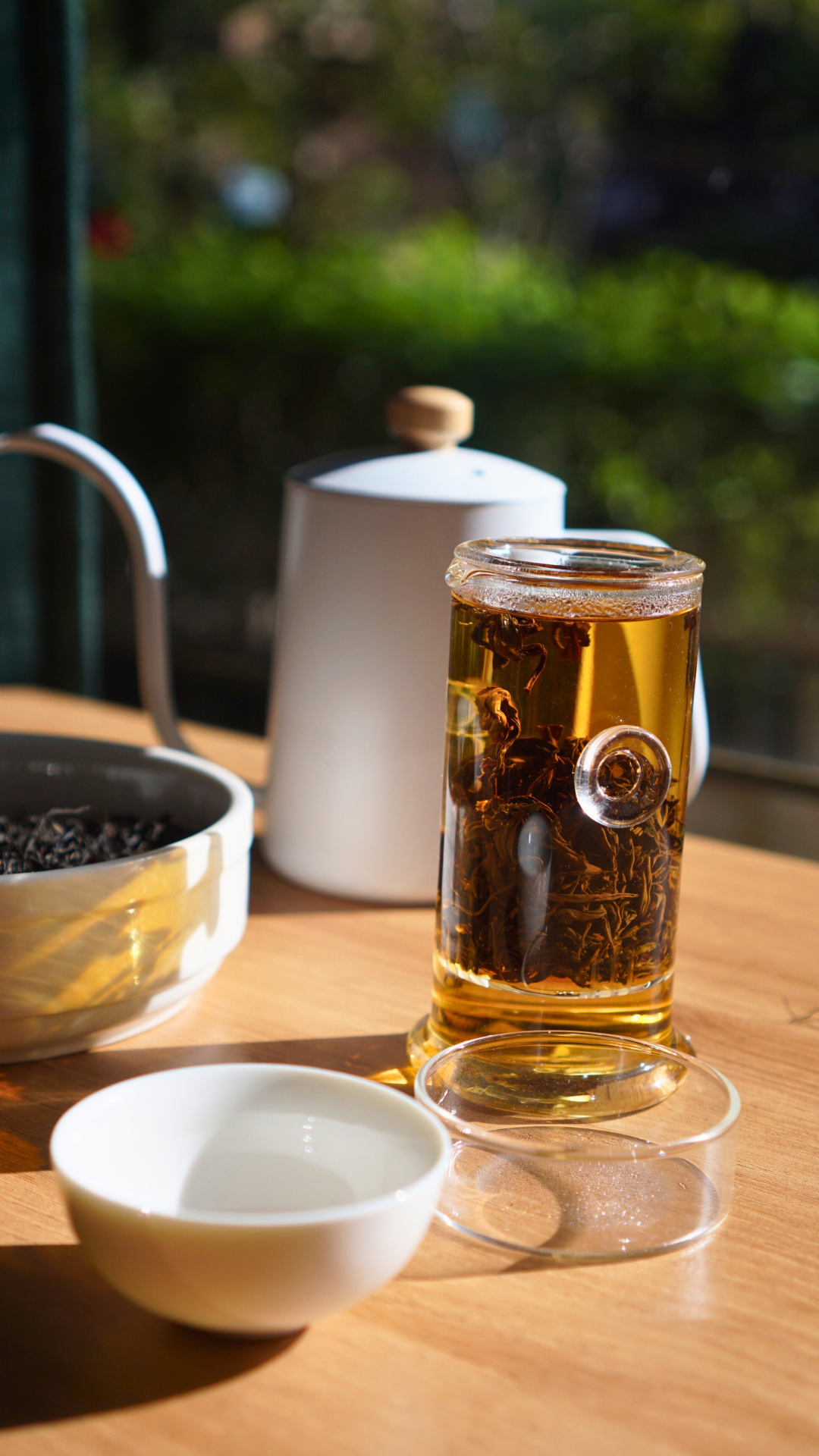
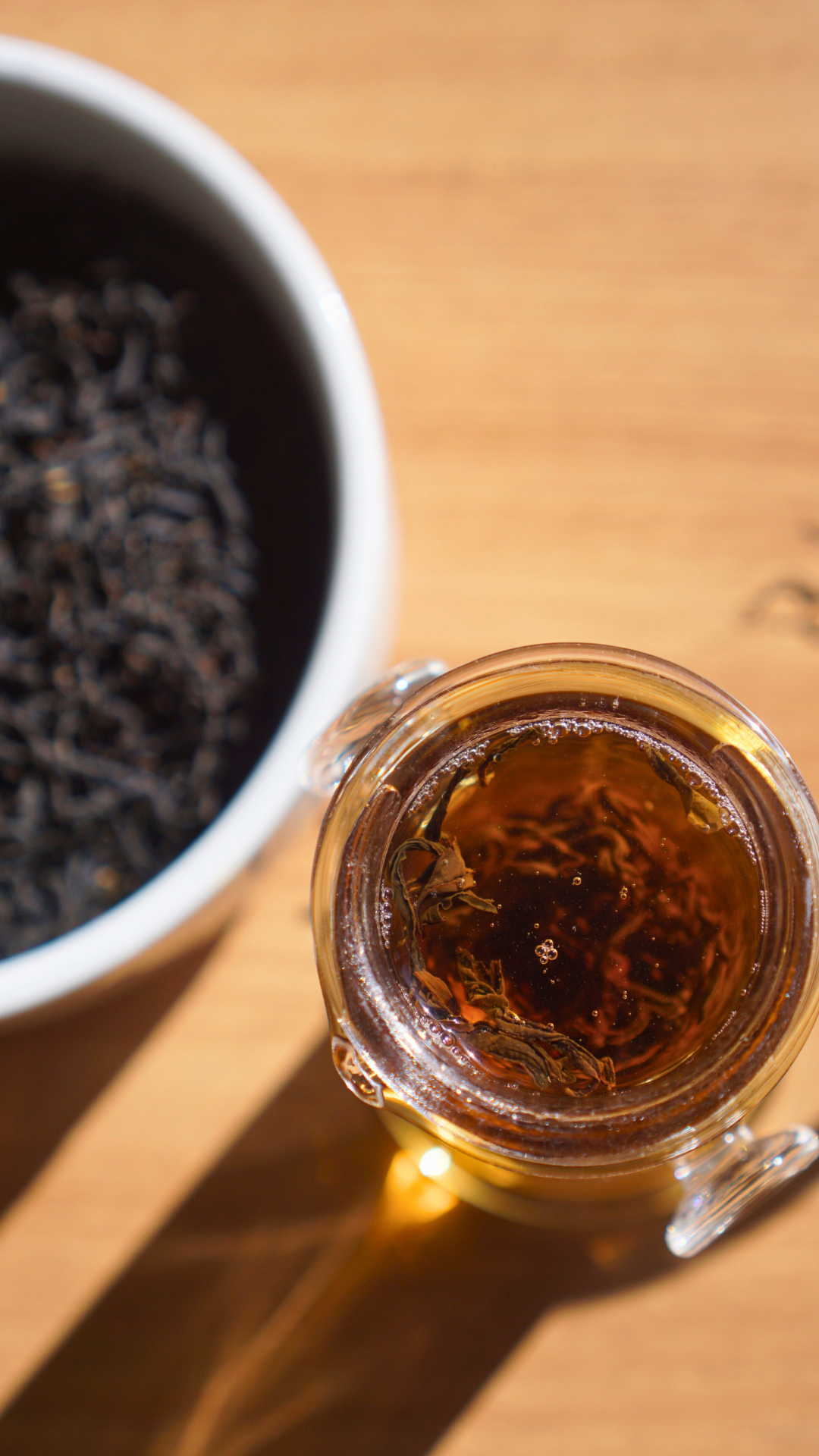
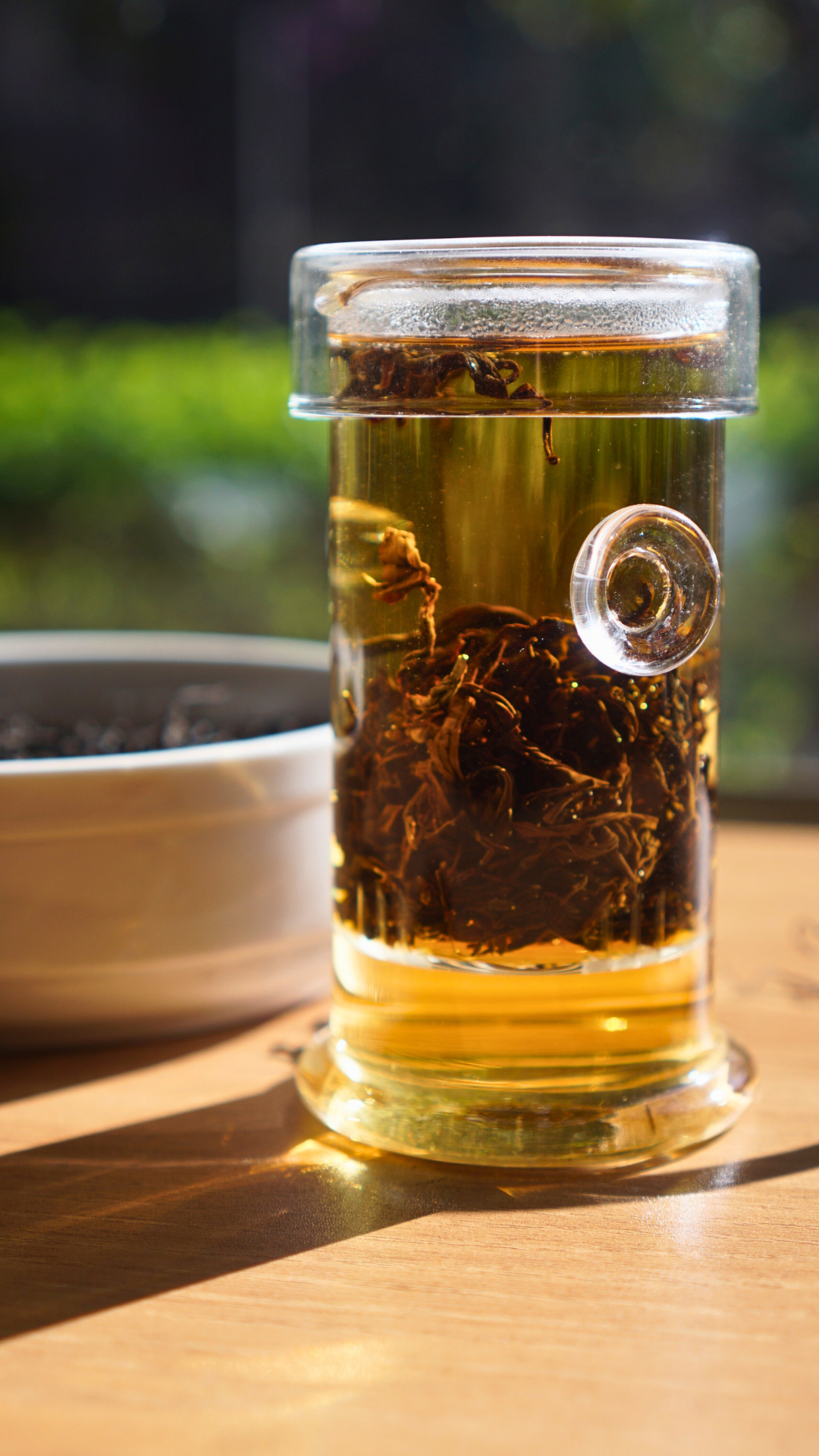
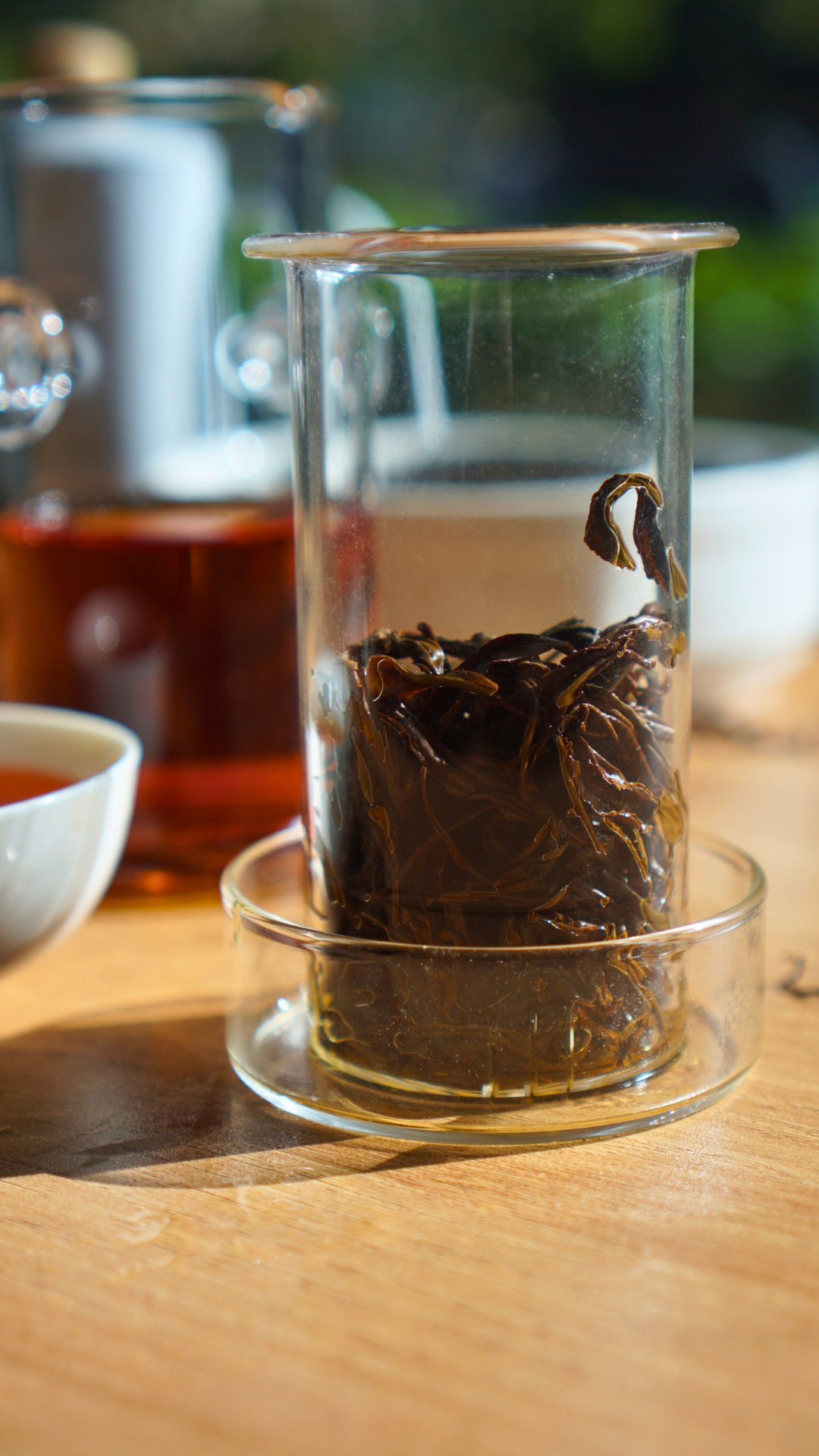
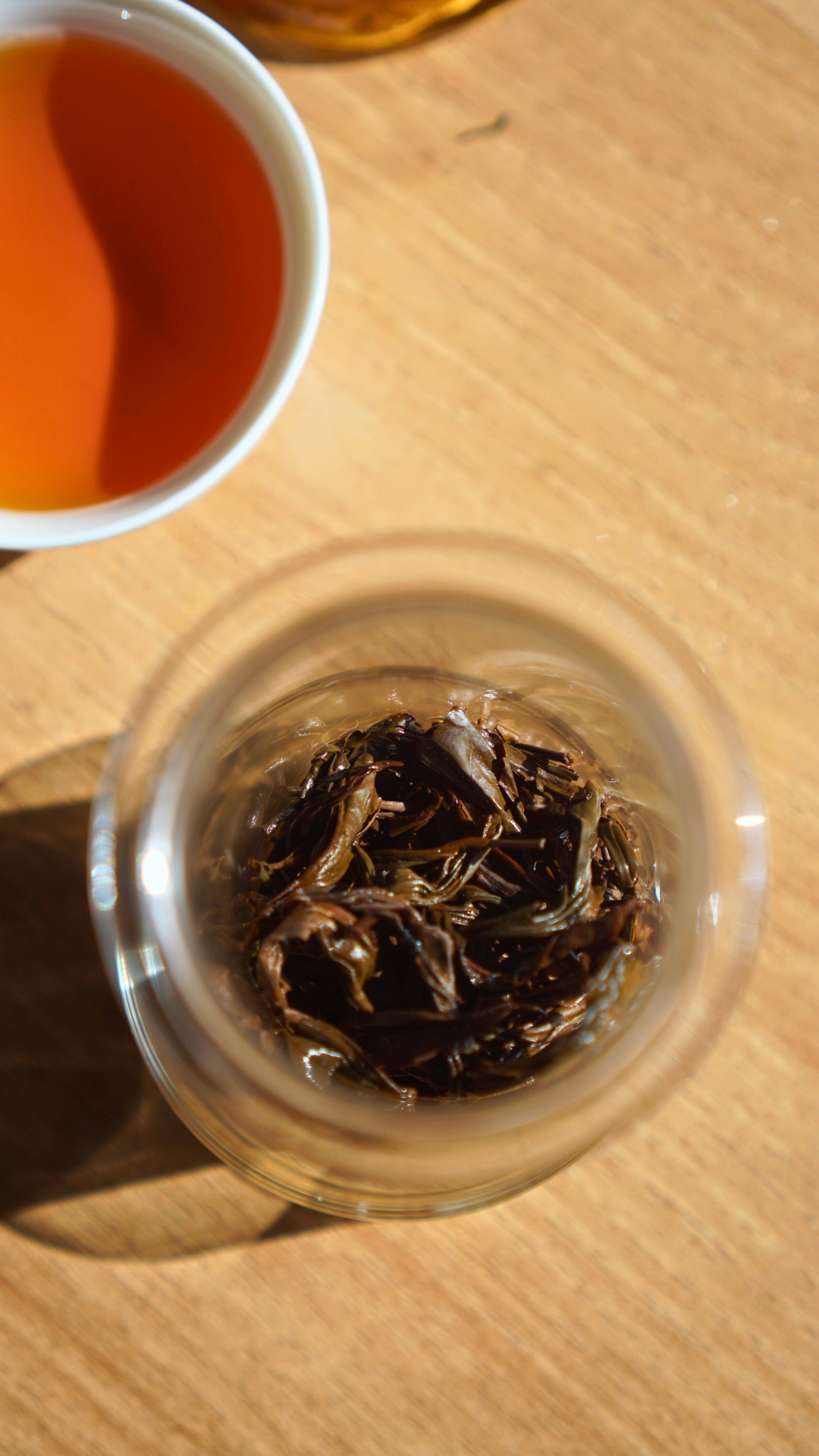
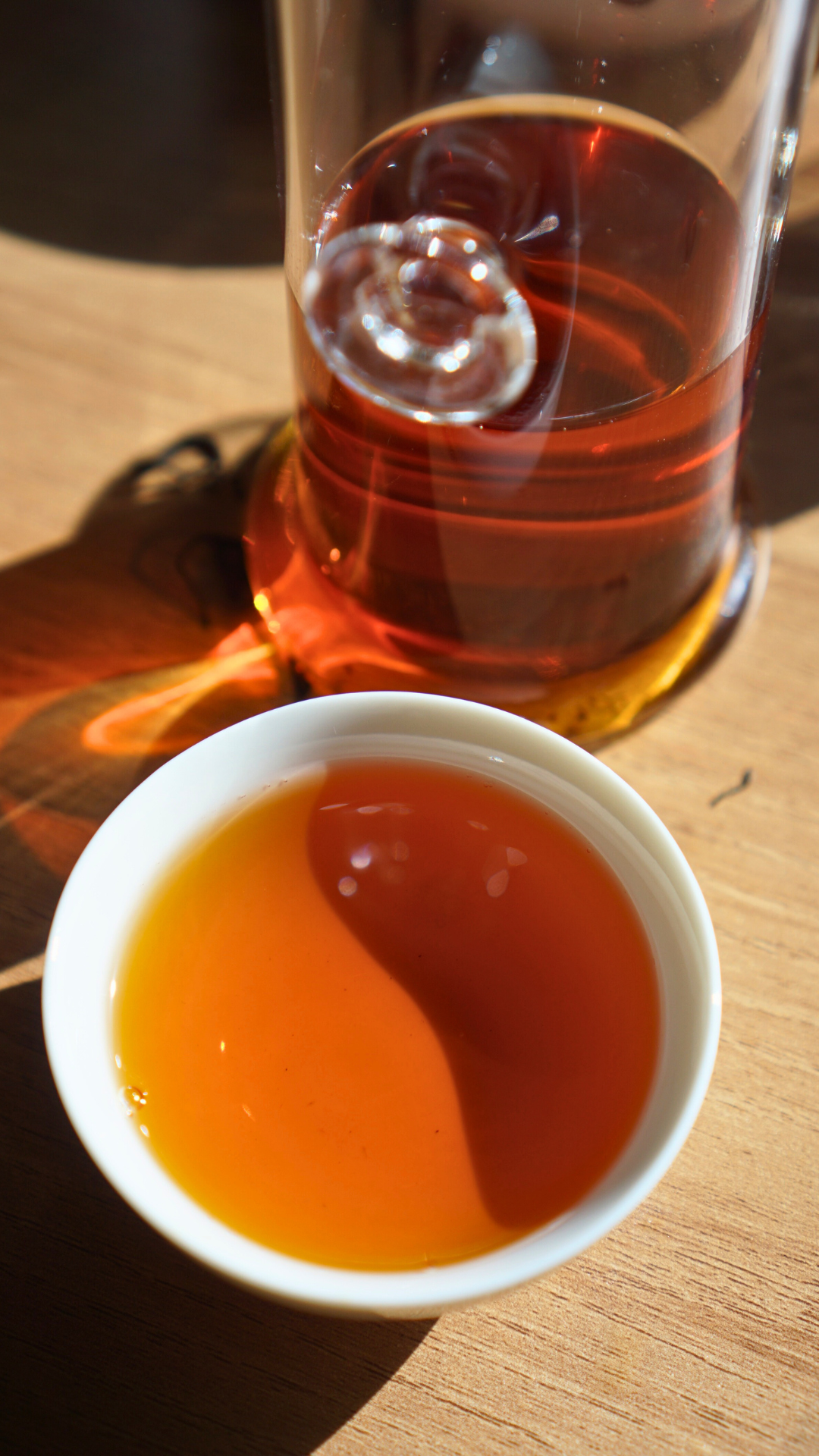

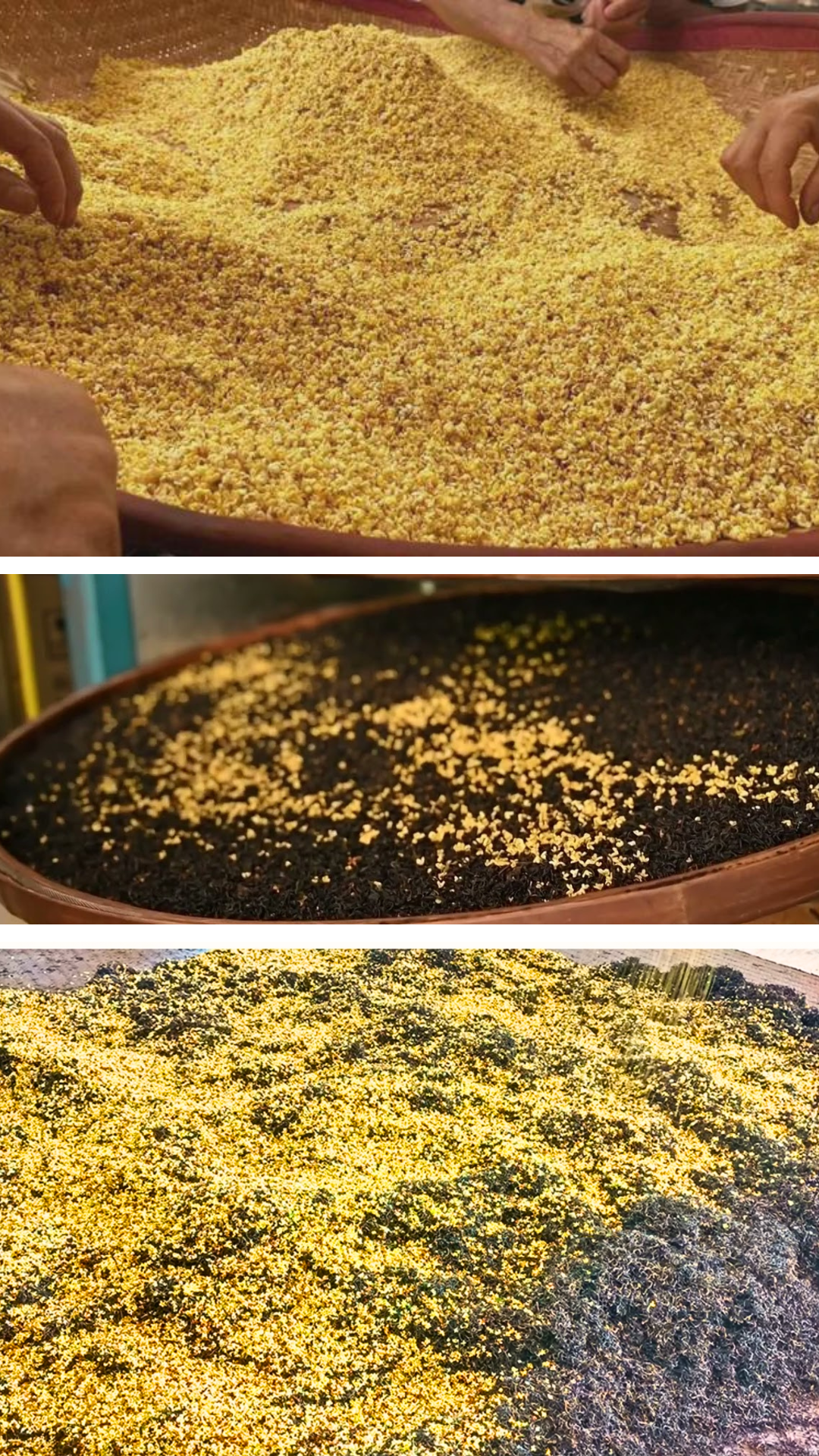
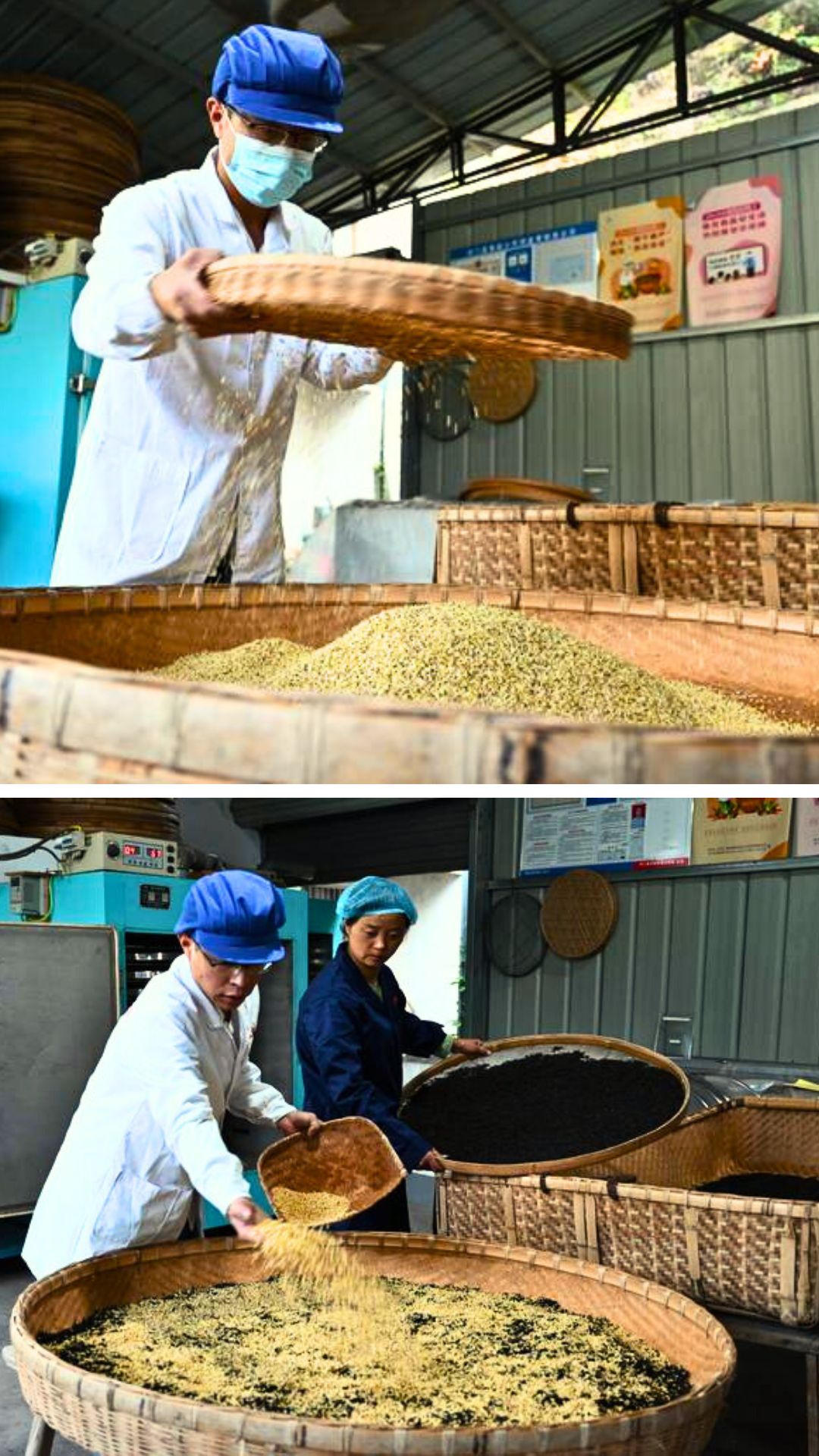
紅茶最啱隔水炖嘅,炖出嚟嘅茶湯又甘甜,又透住濃濃嘅桂花香,完全可以趕走嗰陣濕冷寒氣。
I also have an osmanthus tree in my garden, and it bloomed particularly abundantly this year. I spread plastic sheets under the tree to collect the flowers, dried them, and added a little to my tea each time. It smells amazing, especially when paired with this osmanthus black tea—it’s incredibly fragrant.
I got the osmanthus black tea a little while ago, and this afternoon I tried it with some friends. It’s honestly so fragrant, with that lovely osmanthus aroma and a touch of sweet, fruity candy flavor. The black tea itself is fantastic—no bitterness at all, so there’s no need to add honey or anything. There’s this light sweetness you can taste, and it’s just perfect. I shared some in small bags with my friends, and everyone absolutely loved it.

